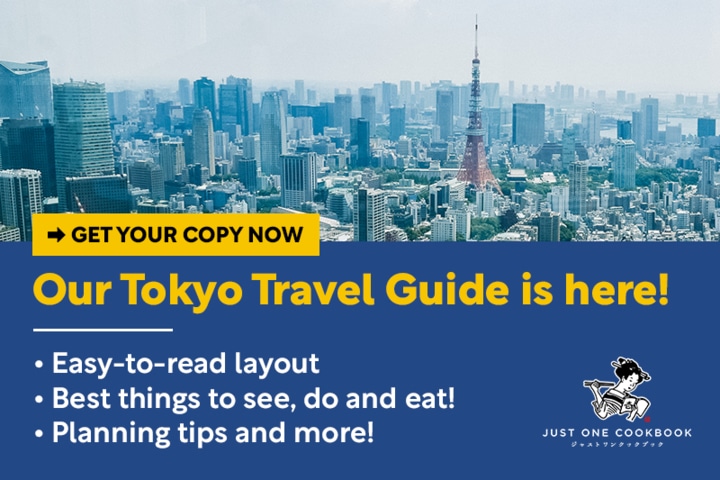Discover the beauty and charm of Matsushima, a picturesque coastal town in Tohoku Japan. From stunning views to its rich history, this travel guide will help you plan your perfect trip to Matsushima.
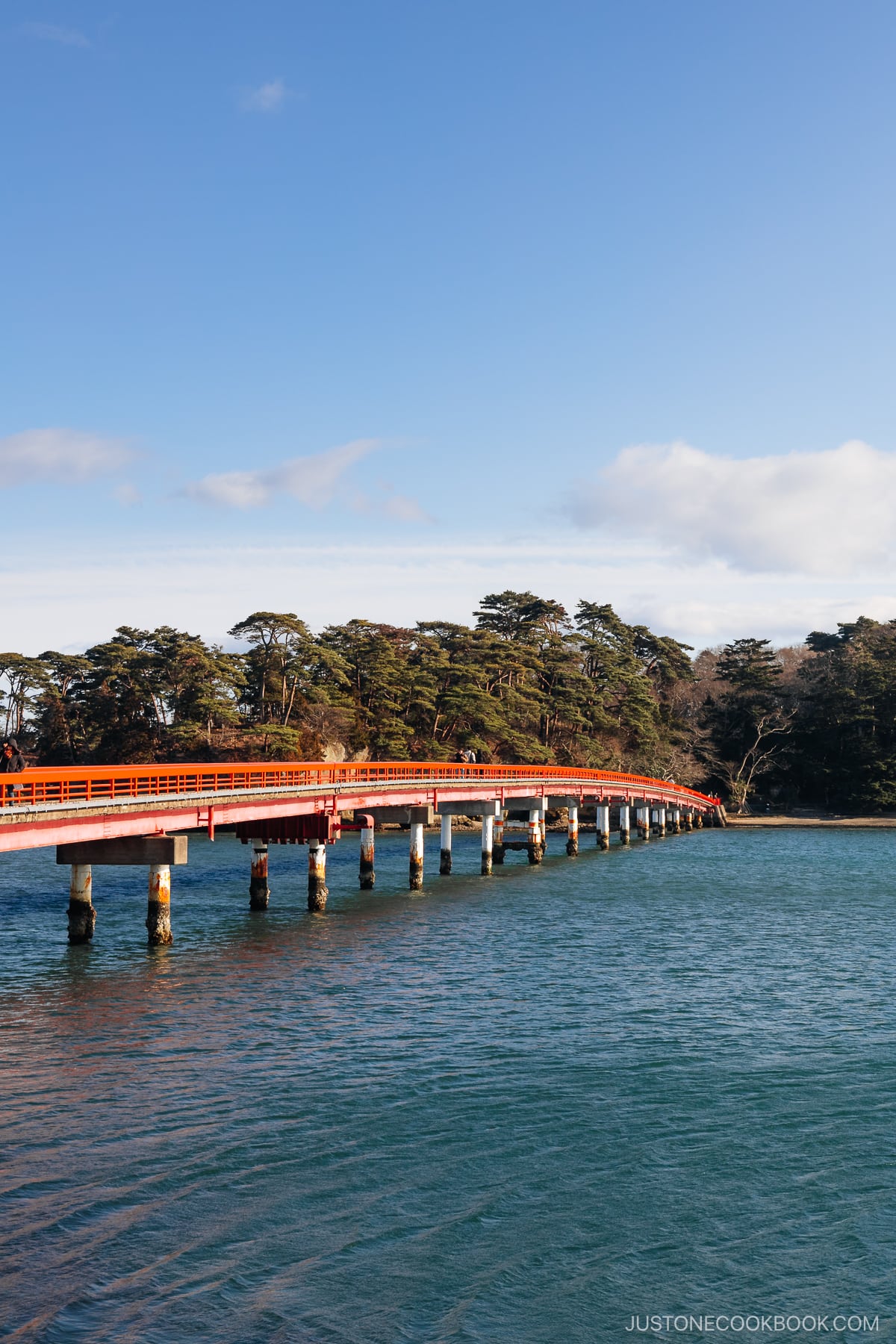

Matsushima is a small coastal town in the Tohoku region, just 40 minutes from Sendai City. The bay area is covered by 260 pine-covered islands that create one of the “Three Views of Japan” (the other two are Amano-Hashidate in Kyoto and Miyajima in Hiroshima). The town has long been celebrated as a place of romance, spirituality, and elegance, attracting many monks, rulers, and artists.
Even the haiku master, Matsuo Basho, was left at a loss for words. When he first visited Matsushima. Its scenic beauty and fantastic food now attract people from all over the world, making it a must-visit if you are in the Tohoku region.
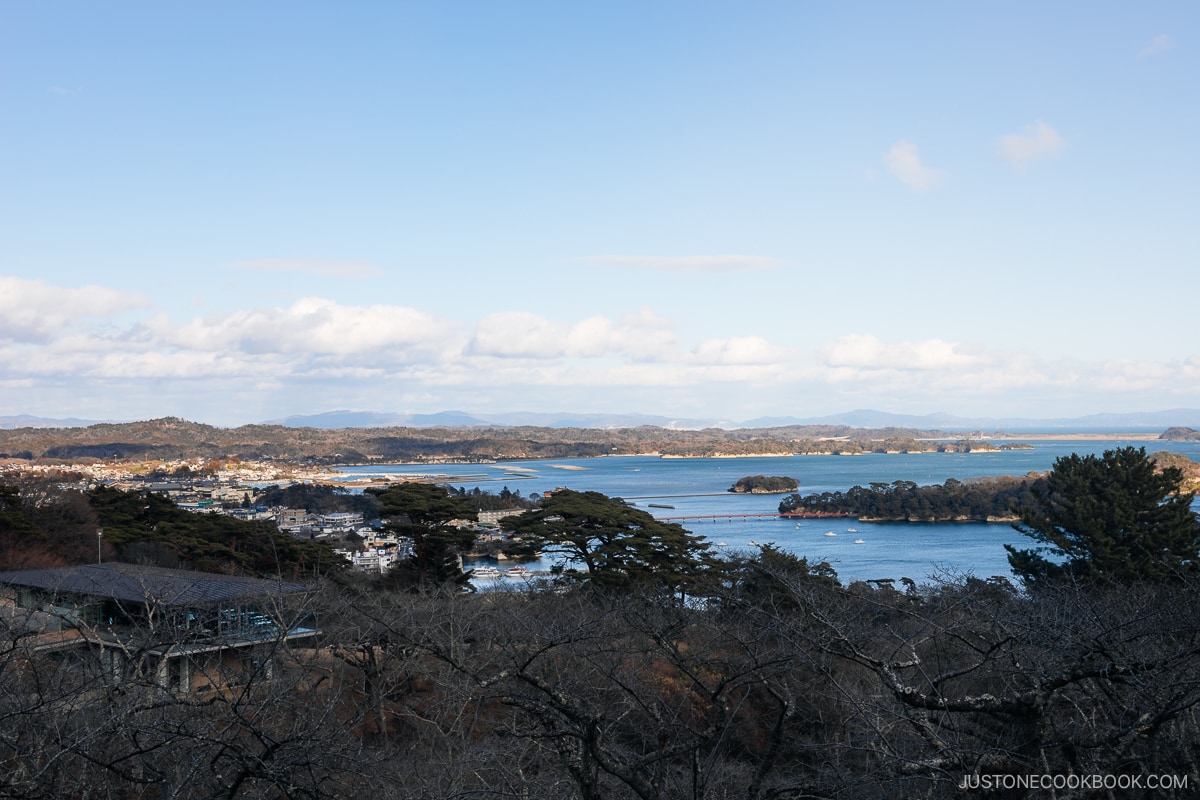

I’ll be taking a cruise through the majestic islands while enjoying some local delicacies, from fresh oysters to one of the best soft creams I’ve had in Japan. I visited in early February, so while some spots were closed, there is still much to do. Ready, let’s get into the action!
How to get to Matsushima
Matsushima is easily accessible by both car and train. From Sendai Station, it takes approximately 35 minutes by car using the expressways, with tolls costing 440 yen one way.
By train, board the Tohoku Line to directly to Matsushima Station, costing 420 yen one way and taking approximately 25 minutes. Alternatively, take the JR Senseki Line to Matsushima Kaigan Station, which costs 420 yen one way and takes approximately 40 minutes (prices in 2024). This station is just at the entrance of the town, so it is a great starting point to explore the city, whereas Matsushima Station is more centrally located.
Matsushima Bay
Upon arriving at Matsushima, you’ll be greeted by the open bay, where you can view the mysterious islands, Godaido Temple, and Fukuurabashi Bridge leading to Fukuurajima.
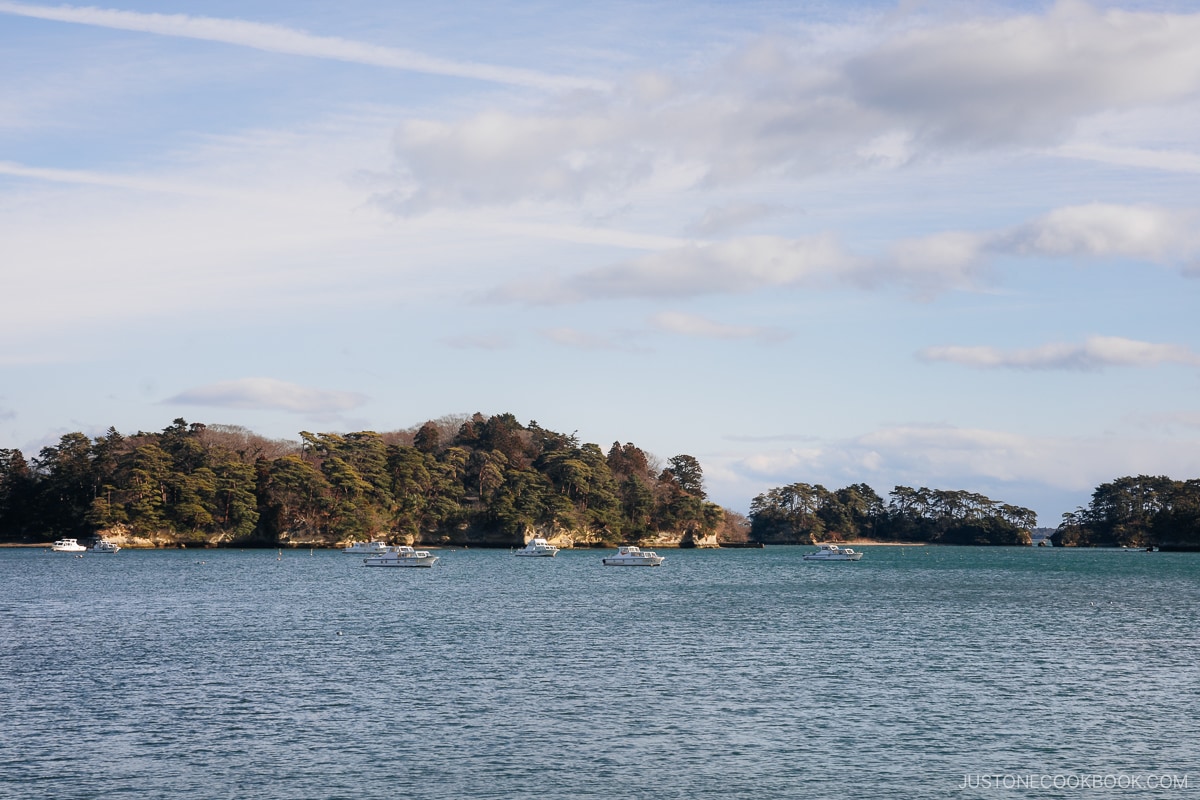

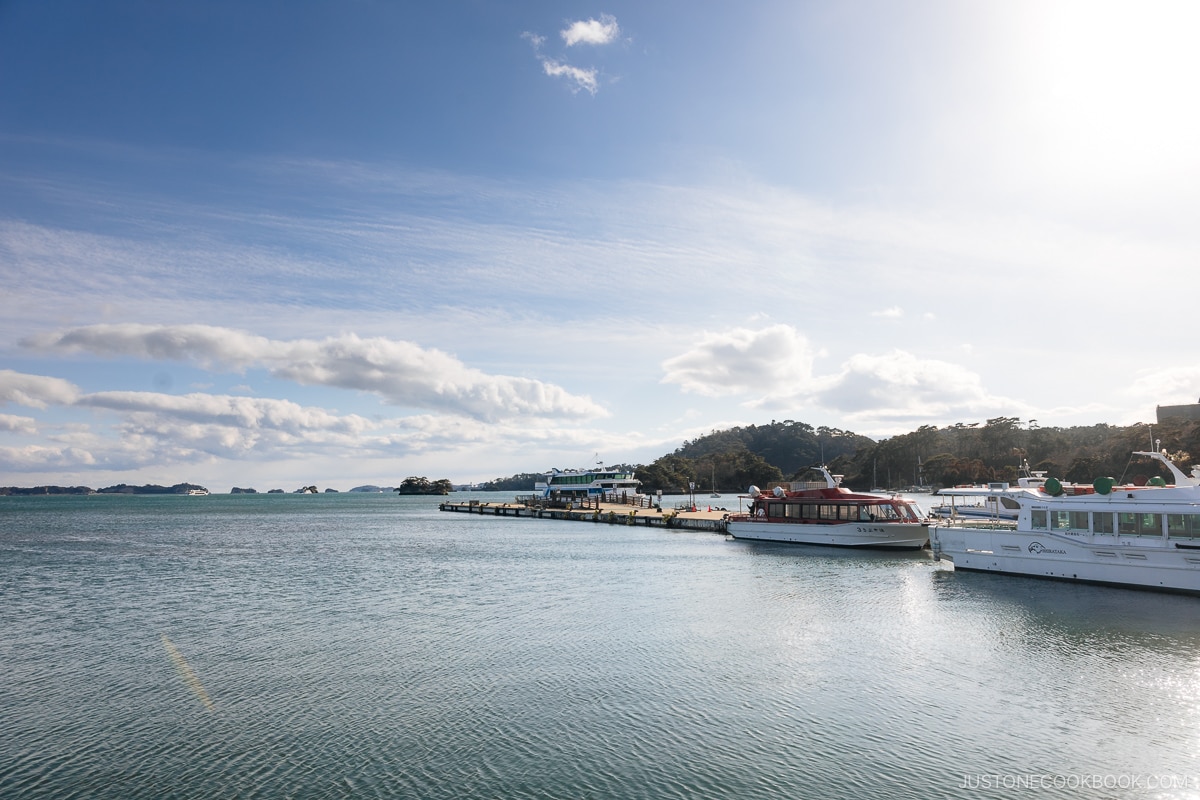

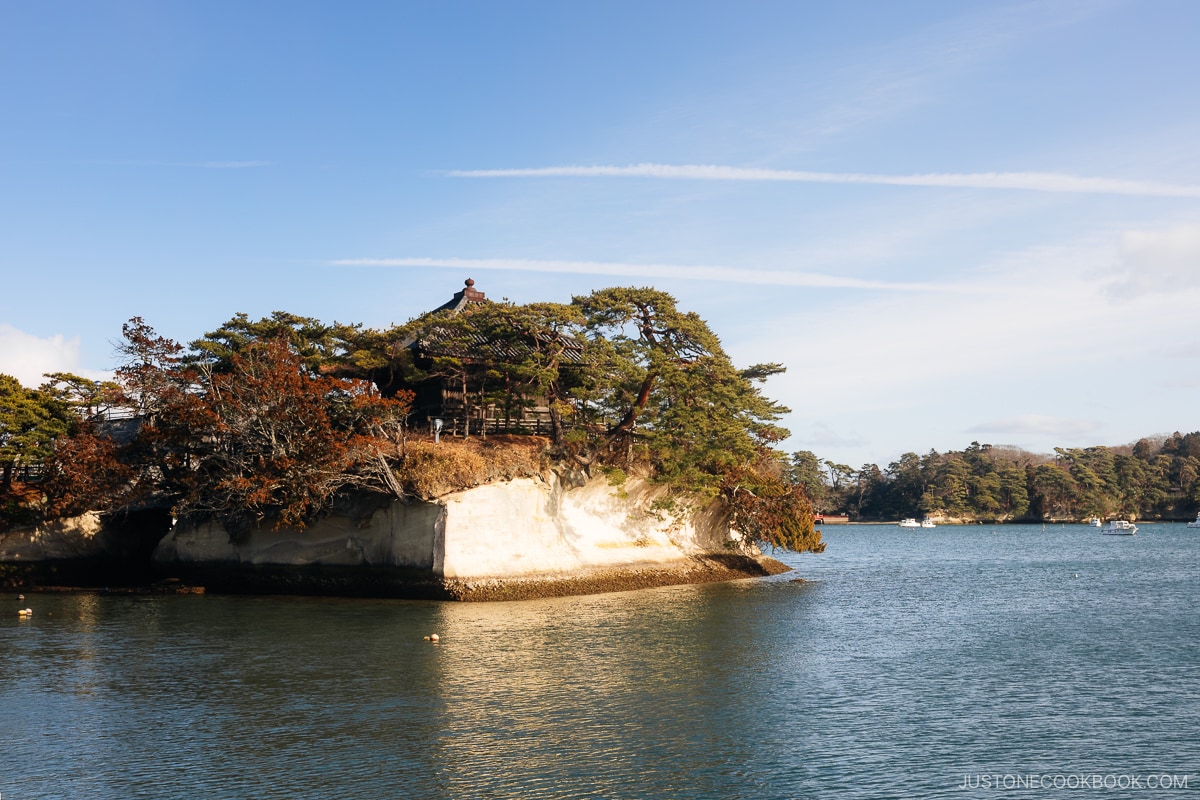

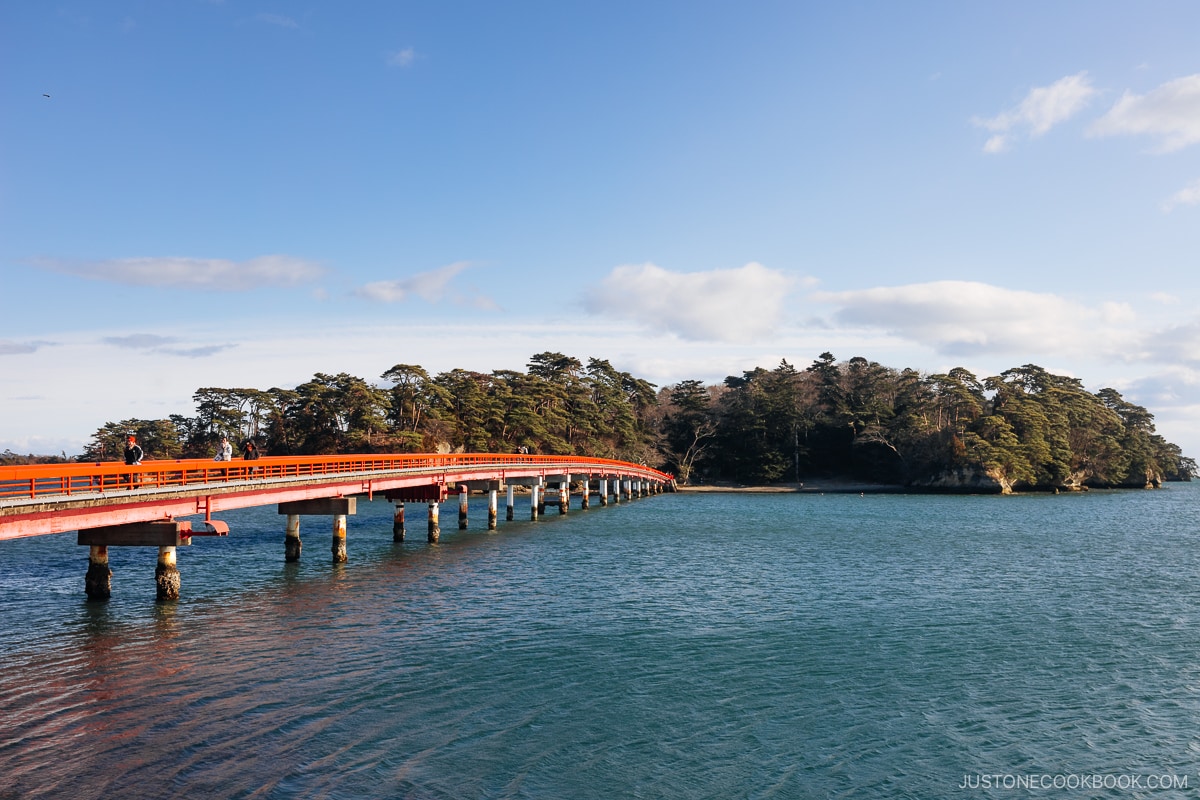

However, the best way to explore the area is to go on a sightseeing cruise. There are a variety of courses to choose from, with tickets available to purchase at the pier on the day. Adults cost 1,500 yen, children (aged 6-12) cost 750 yen, and infants (under 6 years old) can board for free (prices in 2024). The cruise lasts approximately 50 minutes, covering 17 km while touring through the mysterious pine-clad islets.
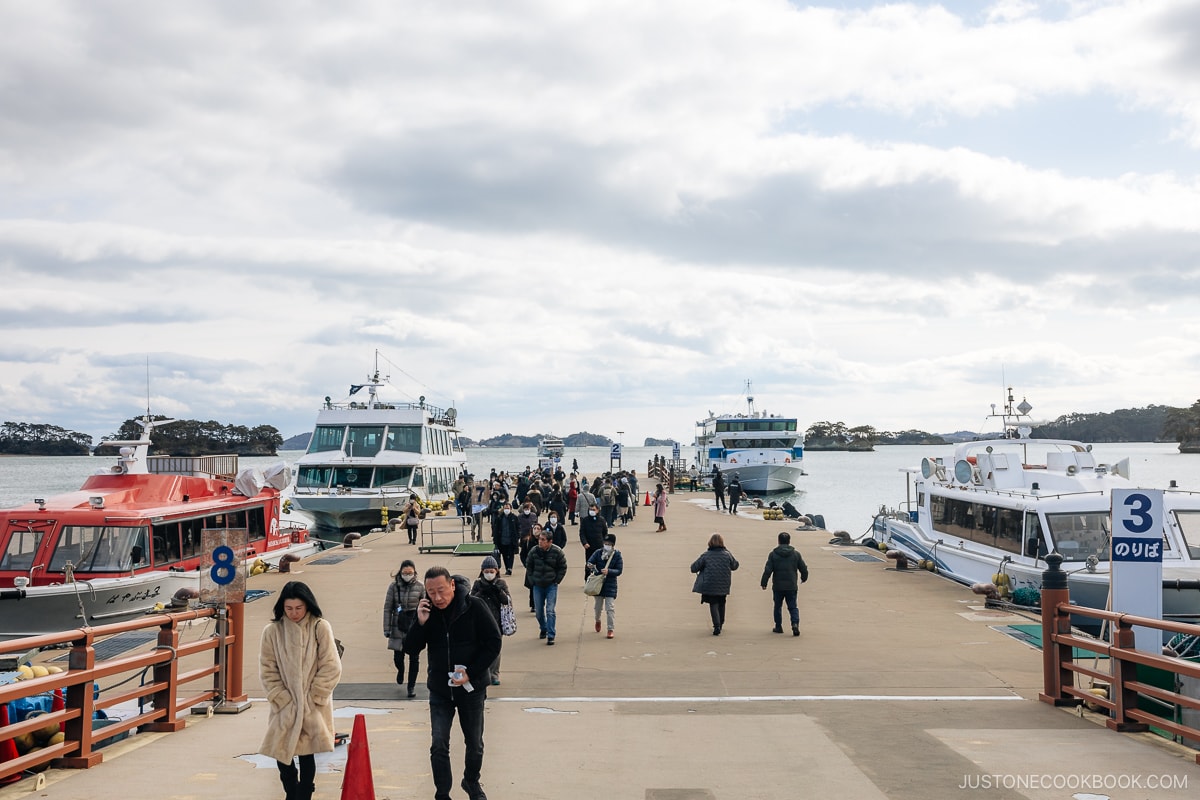

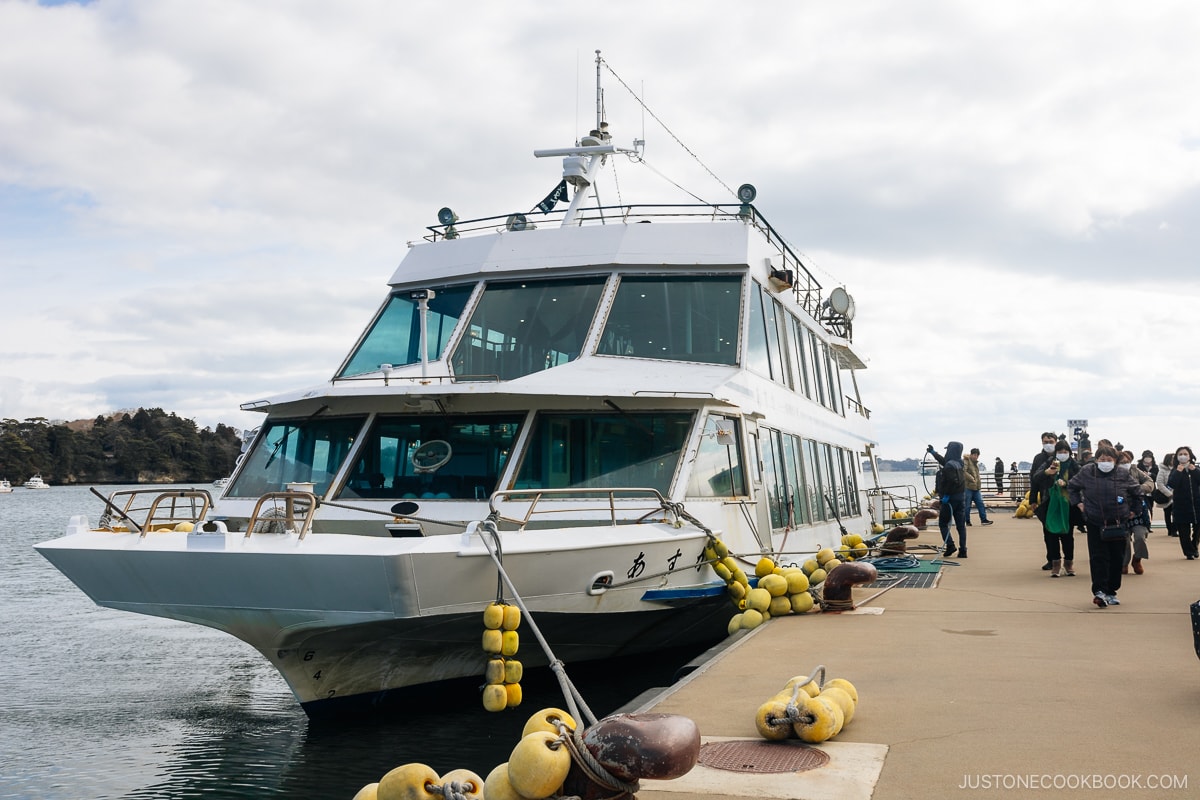

On the boat, there are three levels. The bottom two have indoor seating and outdoor viewing spots, while the top floor is outdoors. Inside, many people were eating their bento lunch while enjoying the beautiful scenery!
During the cruise, a local woman described the area and all the islands and how they were naturally formed by the crashing waves.
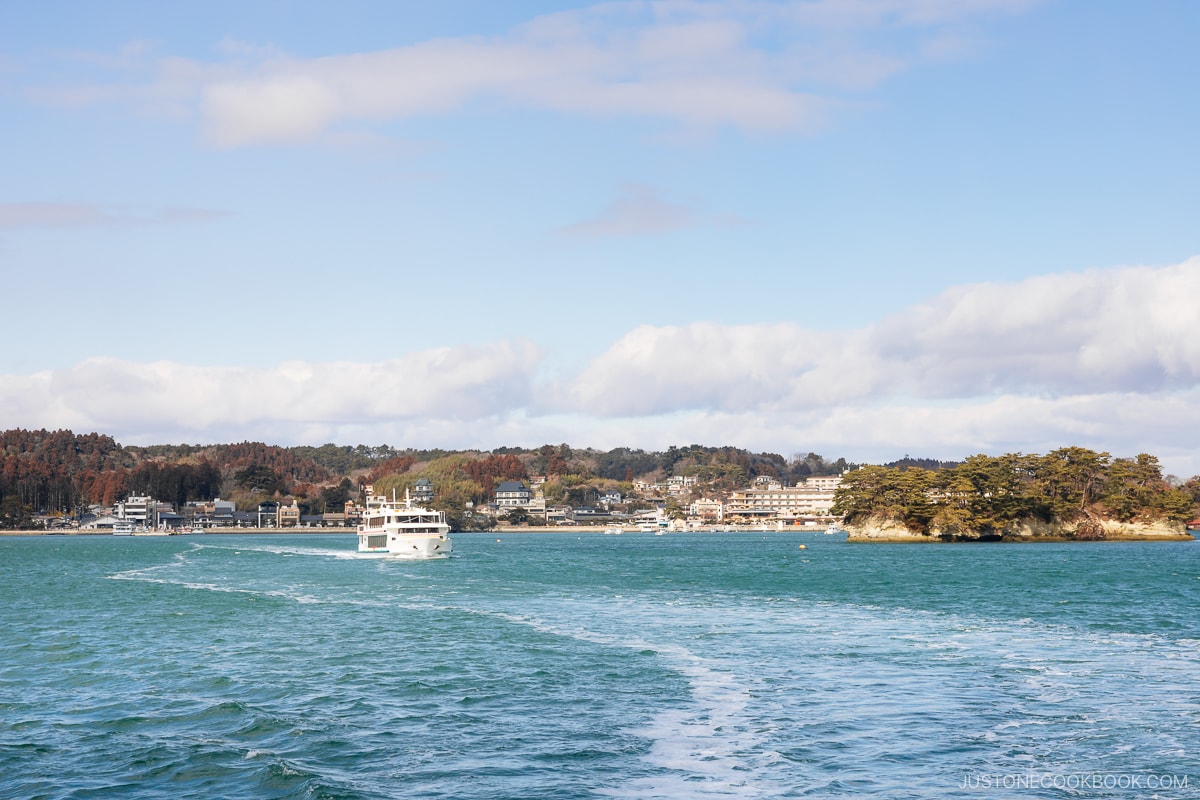

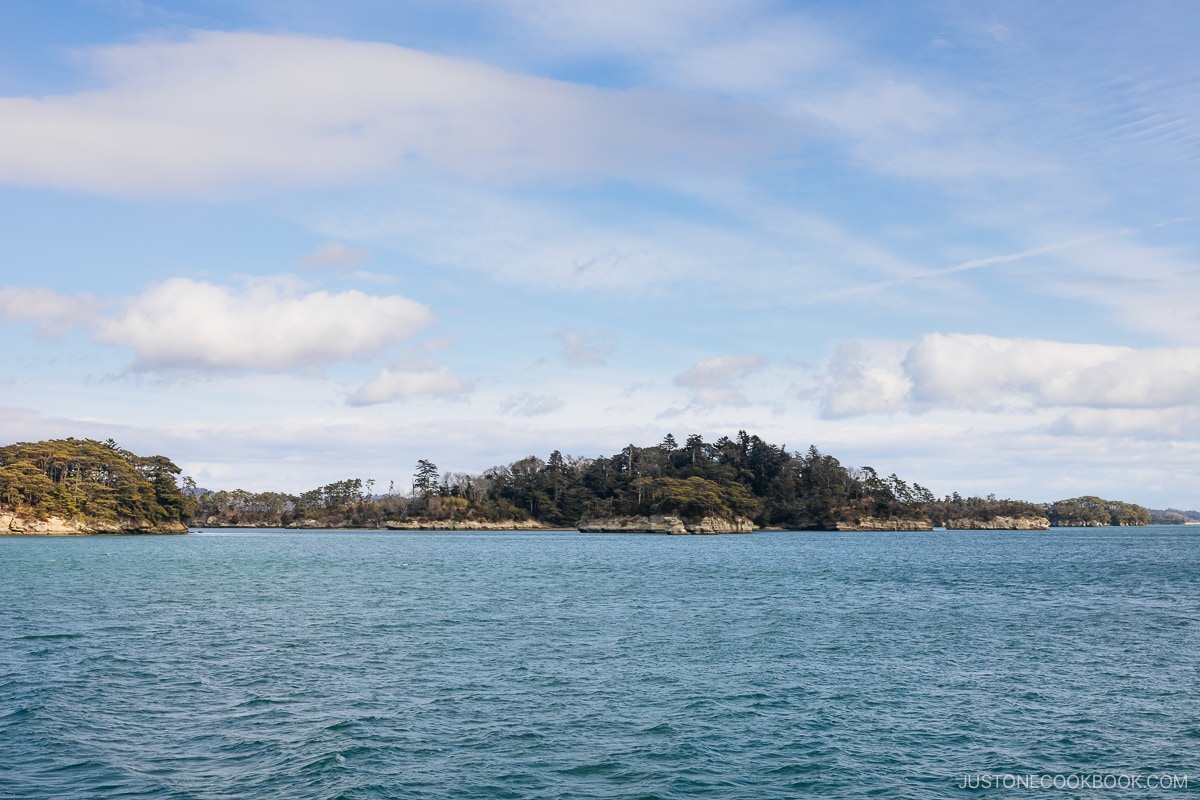

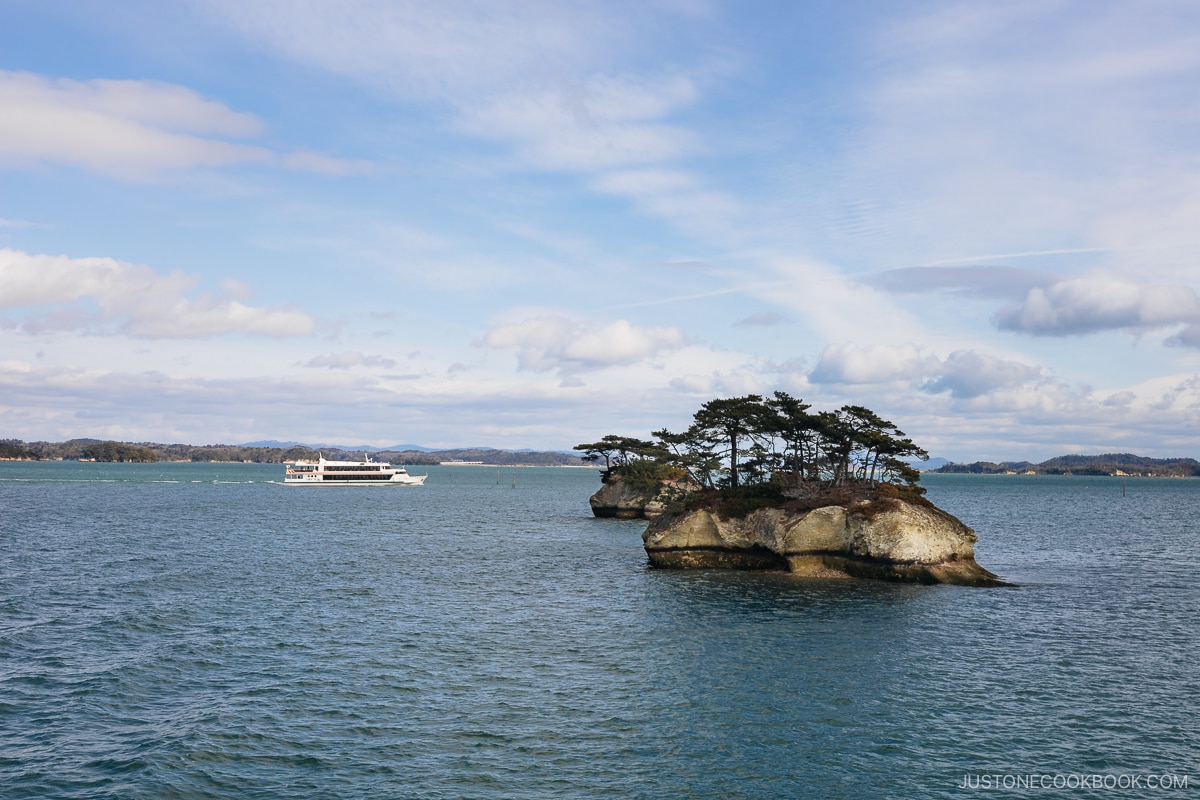

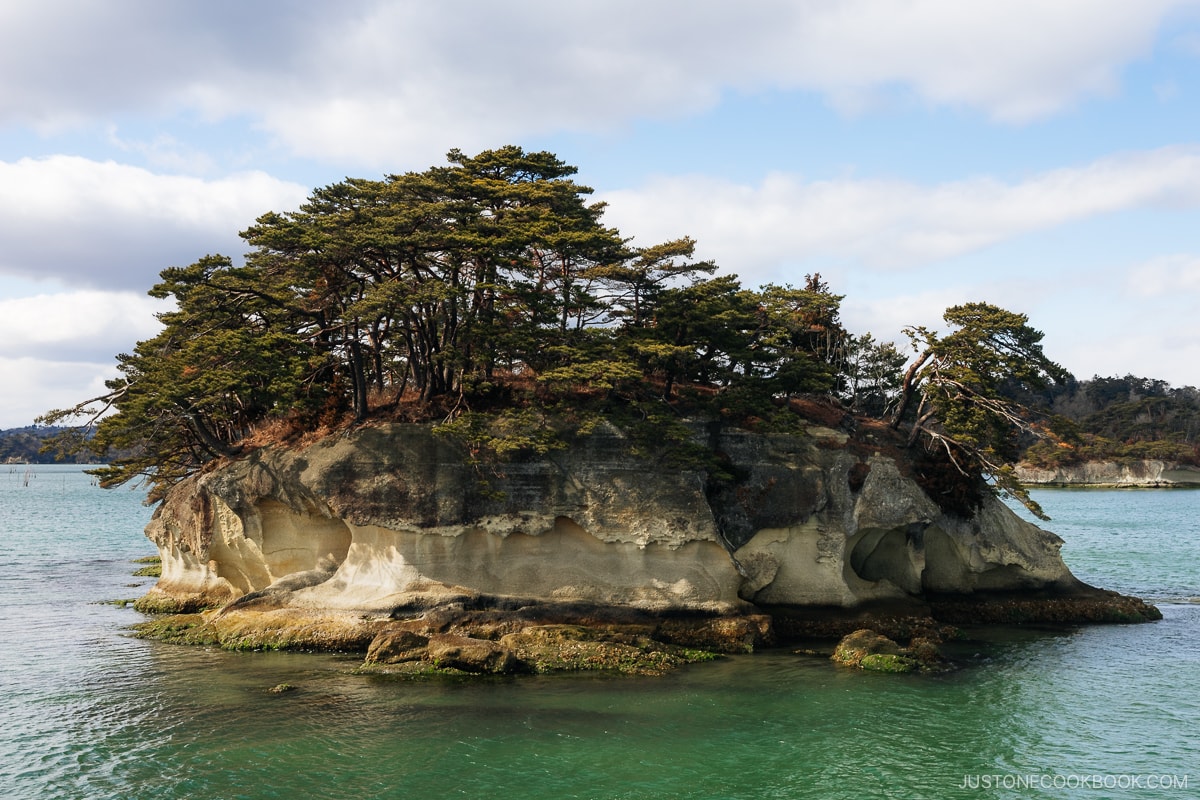

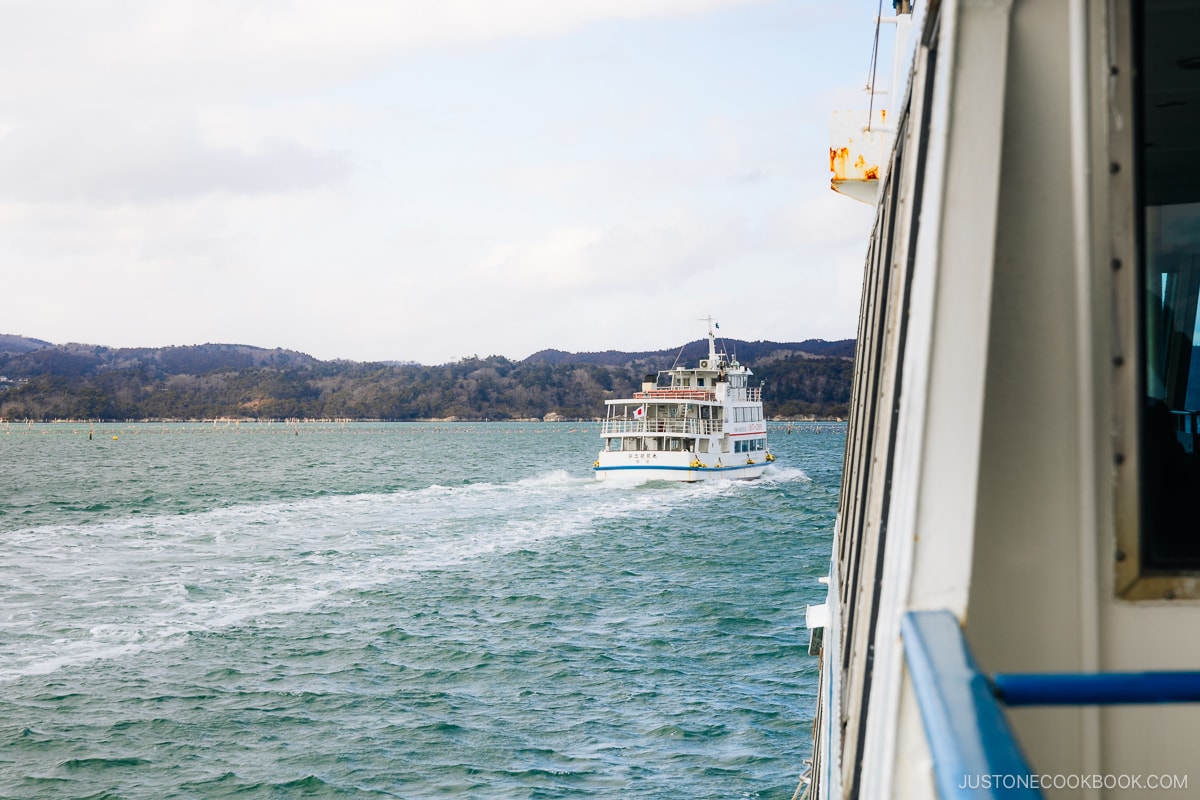

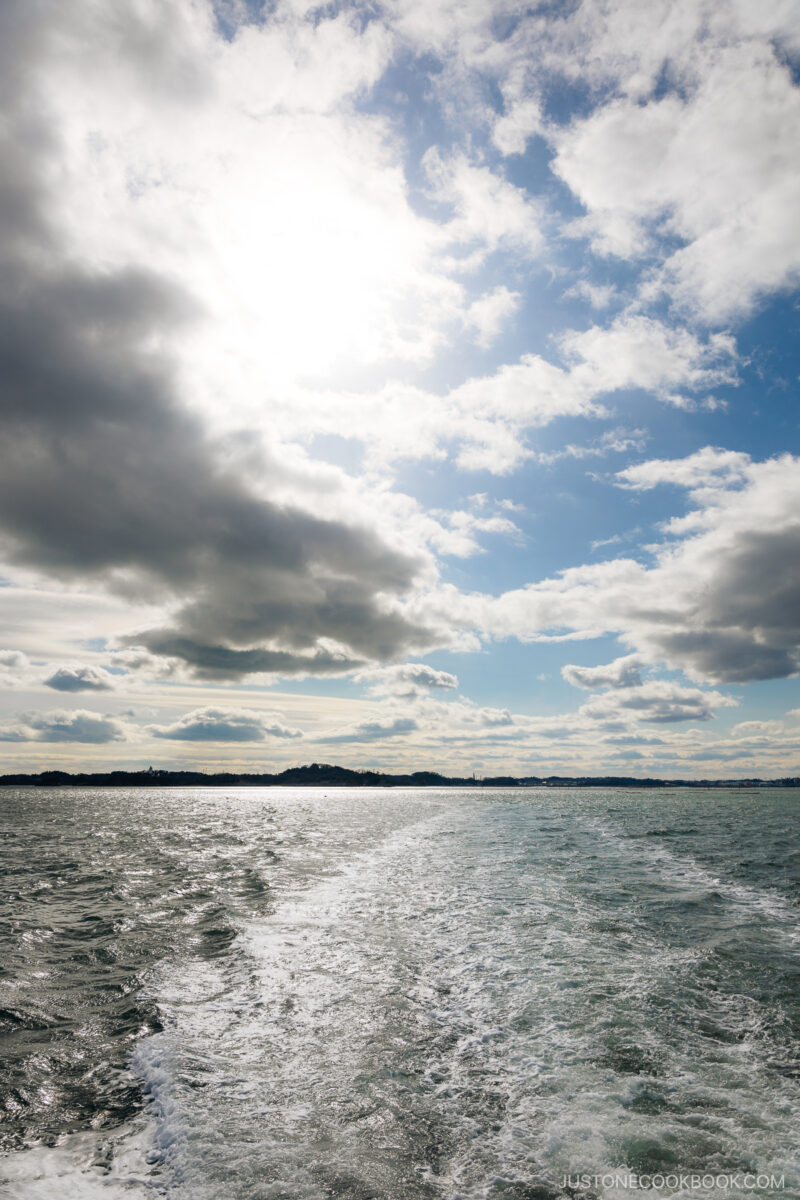

She also described how Matsushima and her personal life were affected by the 2011 Tohoku tsunami. Luckily, all the islands in front of Tsushima helped protect the town, minimalizing any severe damage.
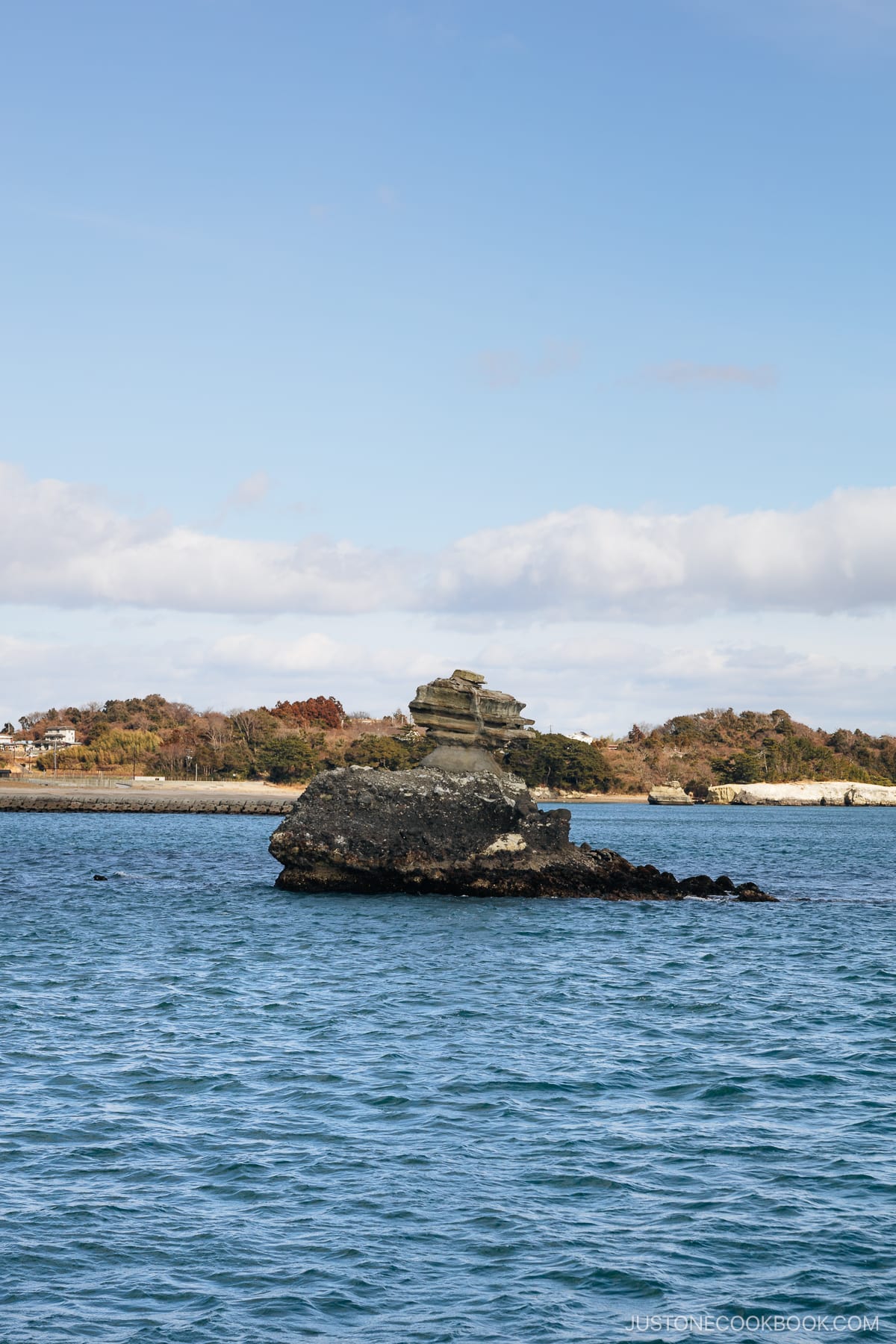

There are so many photo opportunities throughout the cruise. The first was Nioh-jimawhich resembles a Nio guardian smoking a cigar!
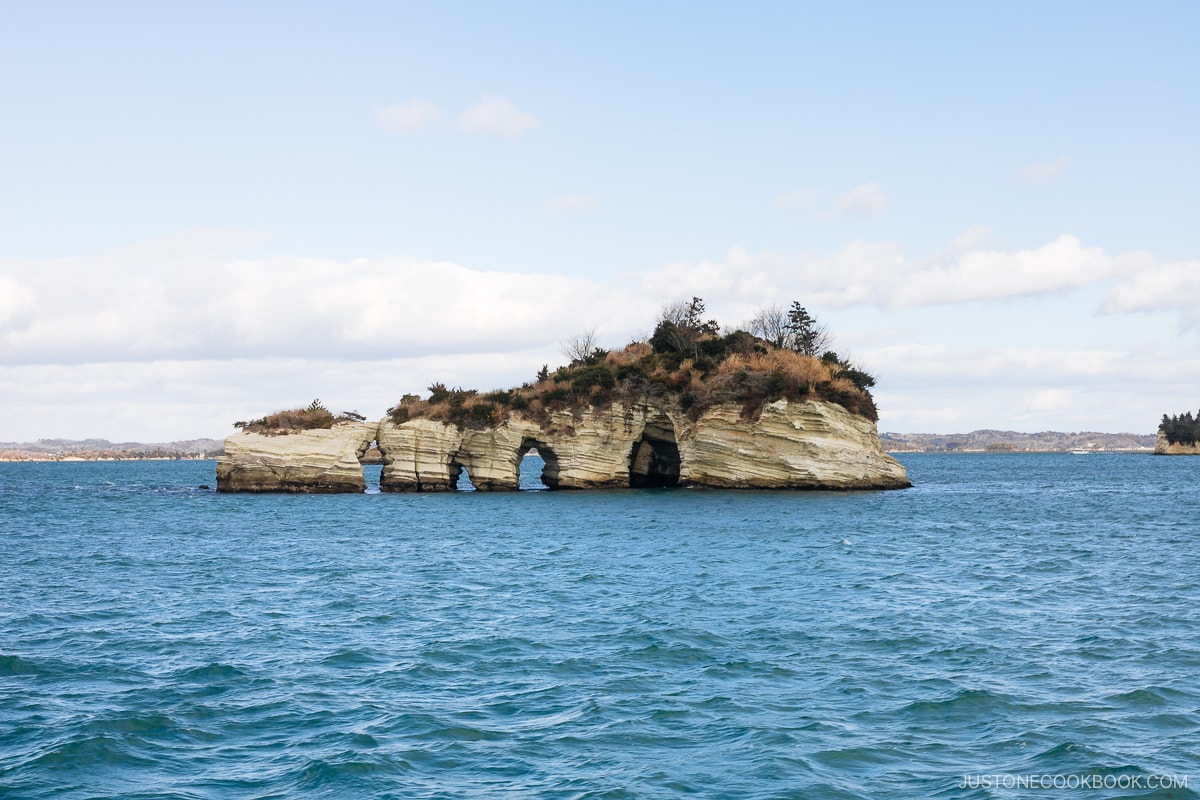

The second was Kanejima, an island with four holes through it. If you take the photo at the right time, you can see directly through all the holes at the same time. I only managed three!
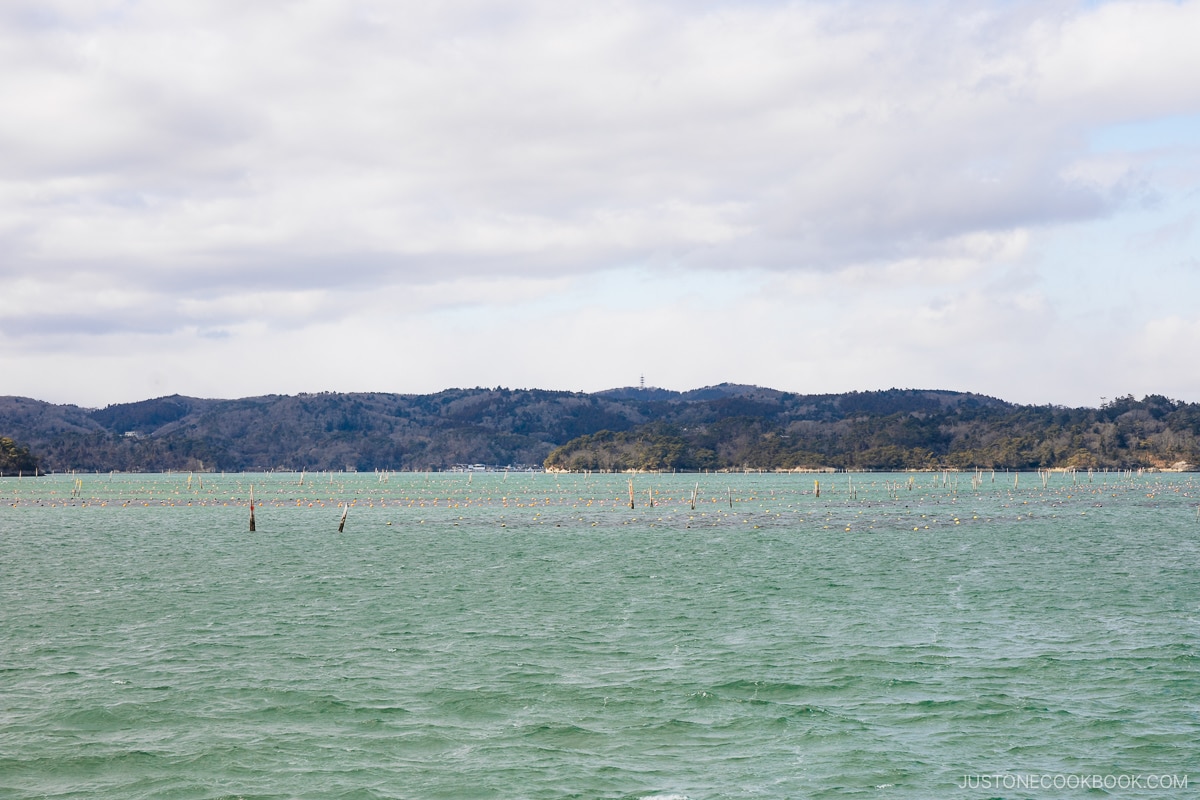

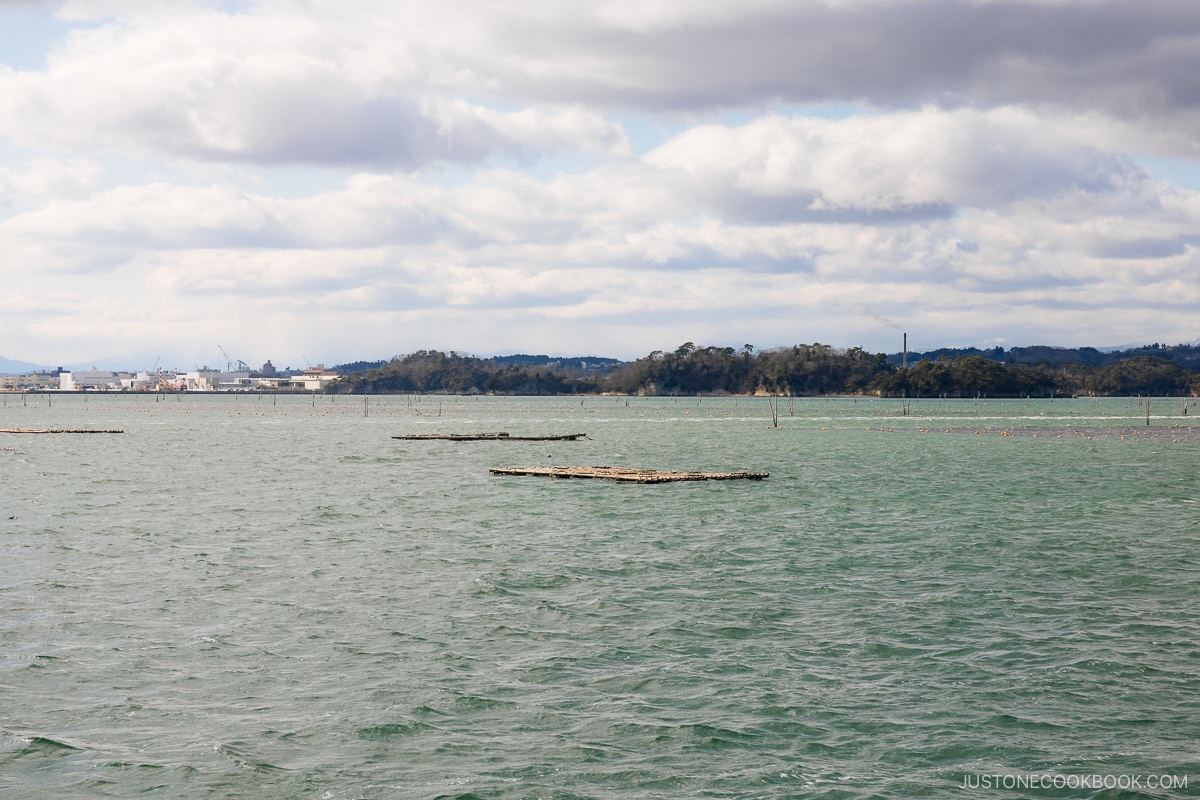

You can also see the oyster cages and fishing spots that source some of Japan’s finest seafood.
Just before the cruise ended, the announcer went around the boat offering local Matsuhima goods. I picked up some oyster takikomi gohan (Japanese mixed rice)!
Local Matsushima Delicacies
Shunkai Restaurant – Oysters and Fresh Seafood
If there is one thing you should visit Matsushima for, aside from the stunning scenery, it is the seafood, more specifically, the oysters.
Oyster farming in Matushima started in the 1600s when a large number of oysters were discovered along the cove of Nonojima Island. Matsushima is located along the Sanriku Coast, one of the top areas for fishing. In the Sanriku Sea, Oyashio and Kuroshio currents meet, creating plentiful supplies of plankton that attract migratory fish all year round. The calm waters are also ideal conditions for wakame and kombu farming, as well as scallops and oysters. Miyagi Prefecture is the second largest oyster producer (Hiroshima is first), with Matsushima being one of the main contributors.
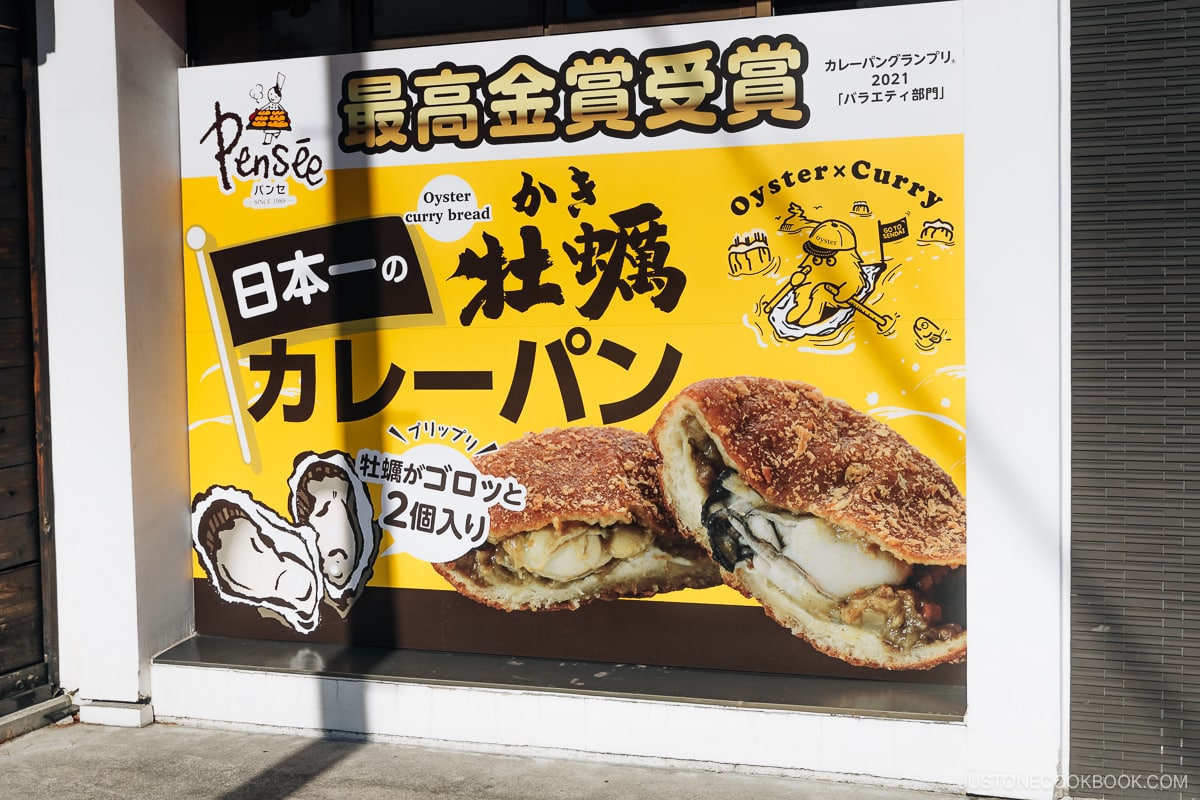

Now, you can find oysters and oyster-flavored foods and souvenirs around Matsushima.
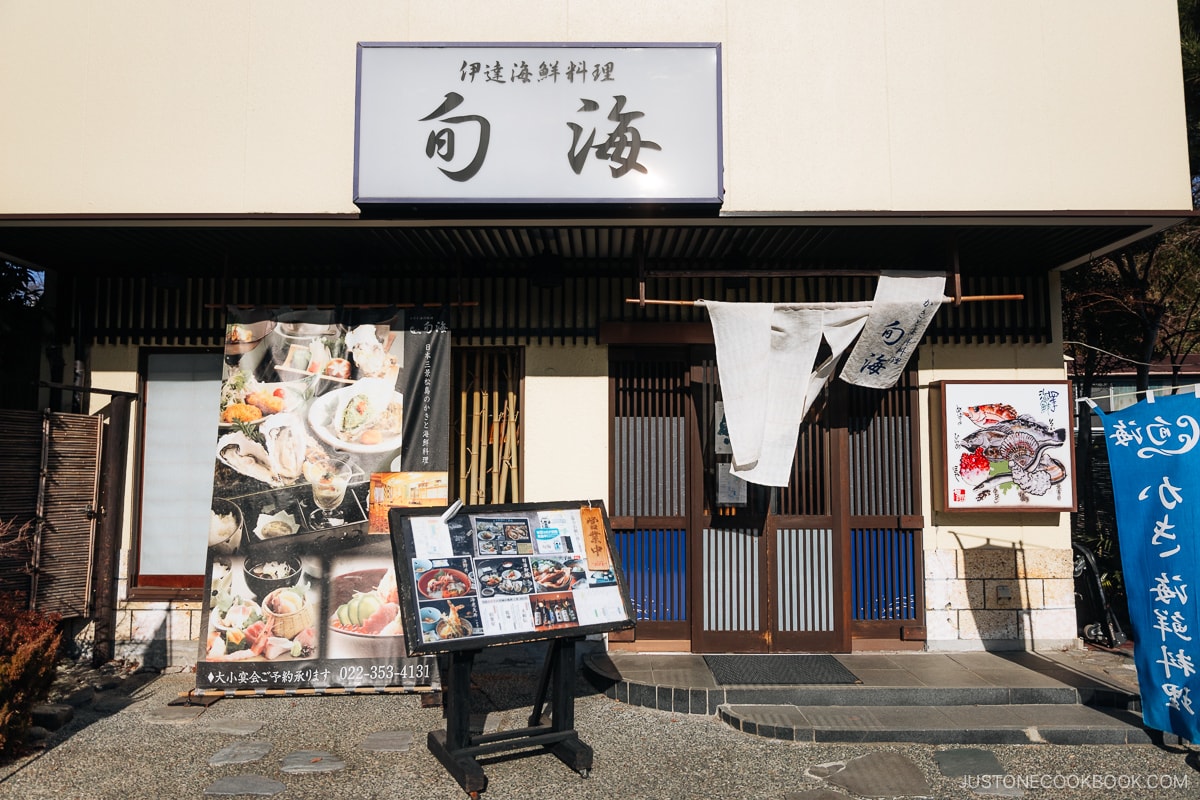

I headed to Shunkai to taste some of the famed oysters. I decided on the oyster lunch set, cooked in different ways: raw, pickled, and deep-fried for 2300 yen. It came with soup, rice, and tsukemono (Japanese pickles).
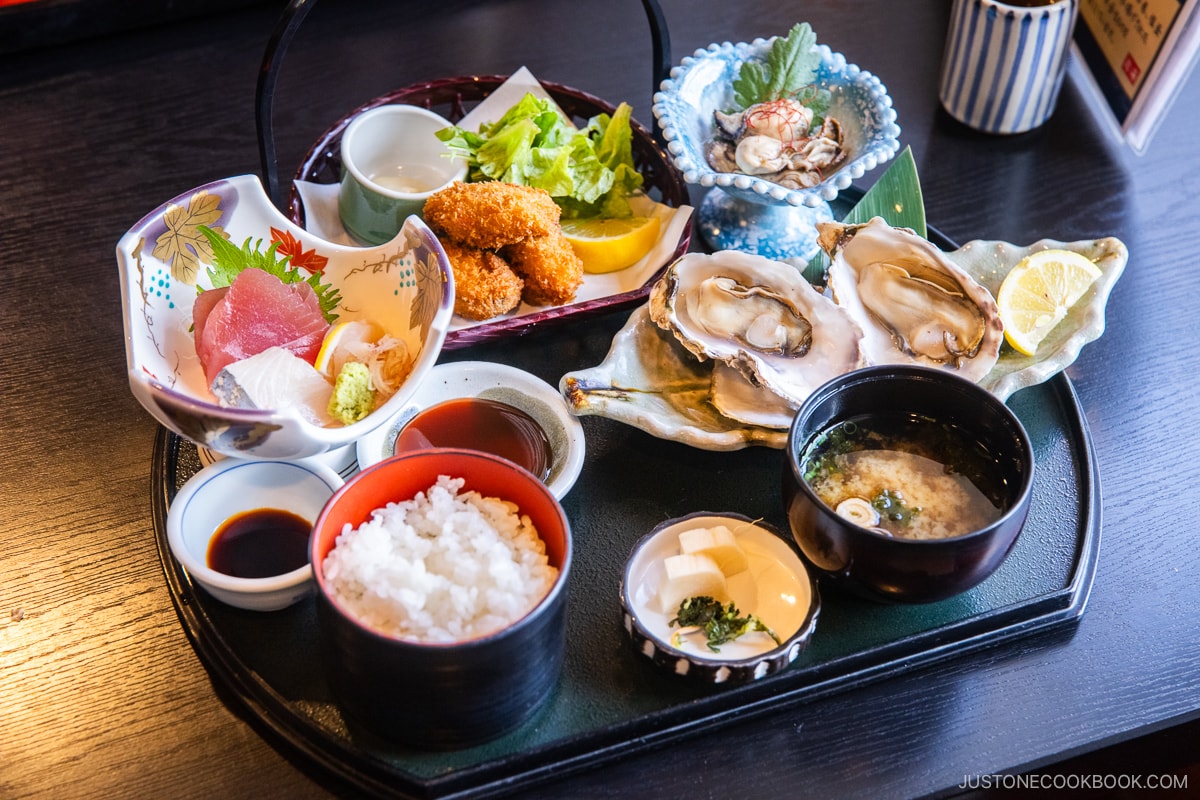

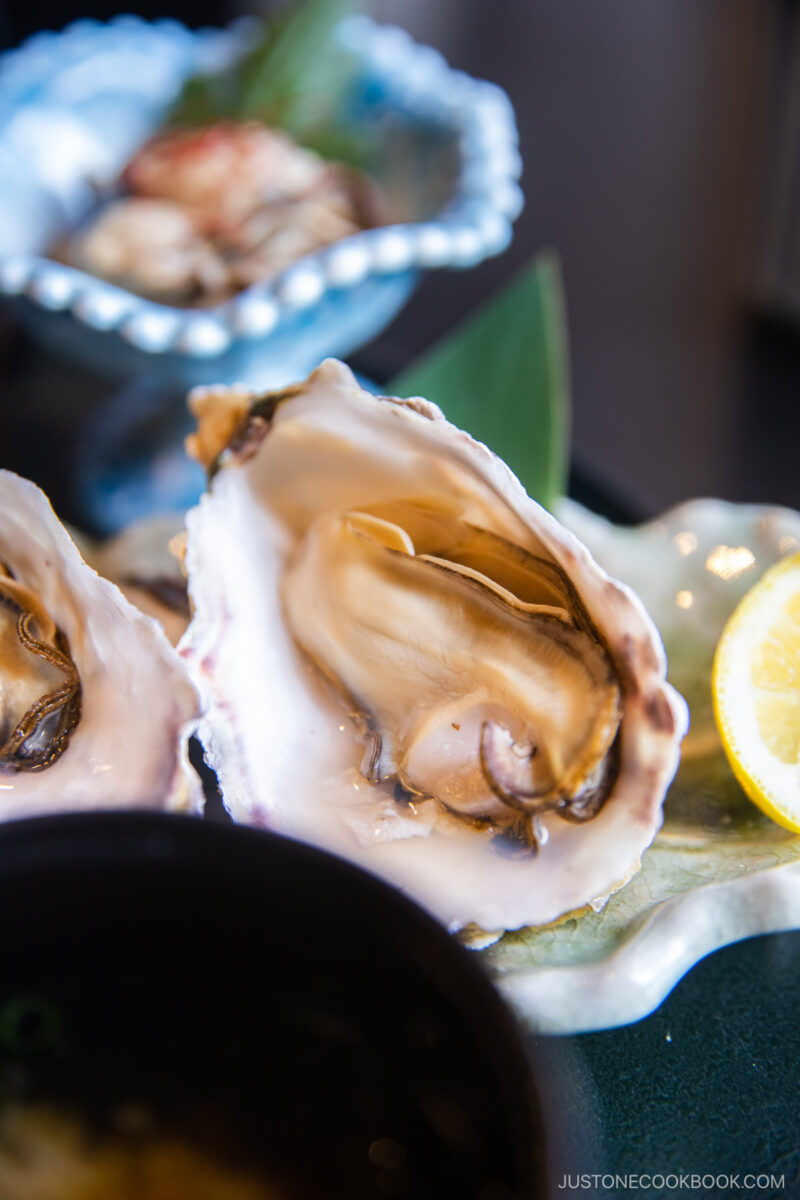

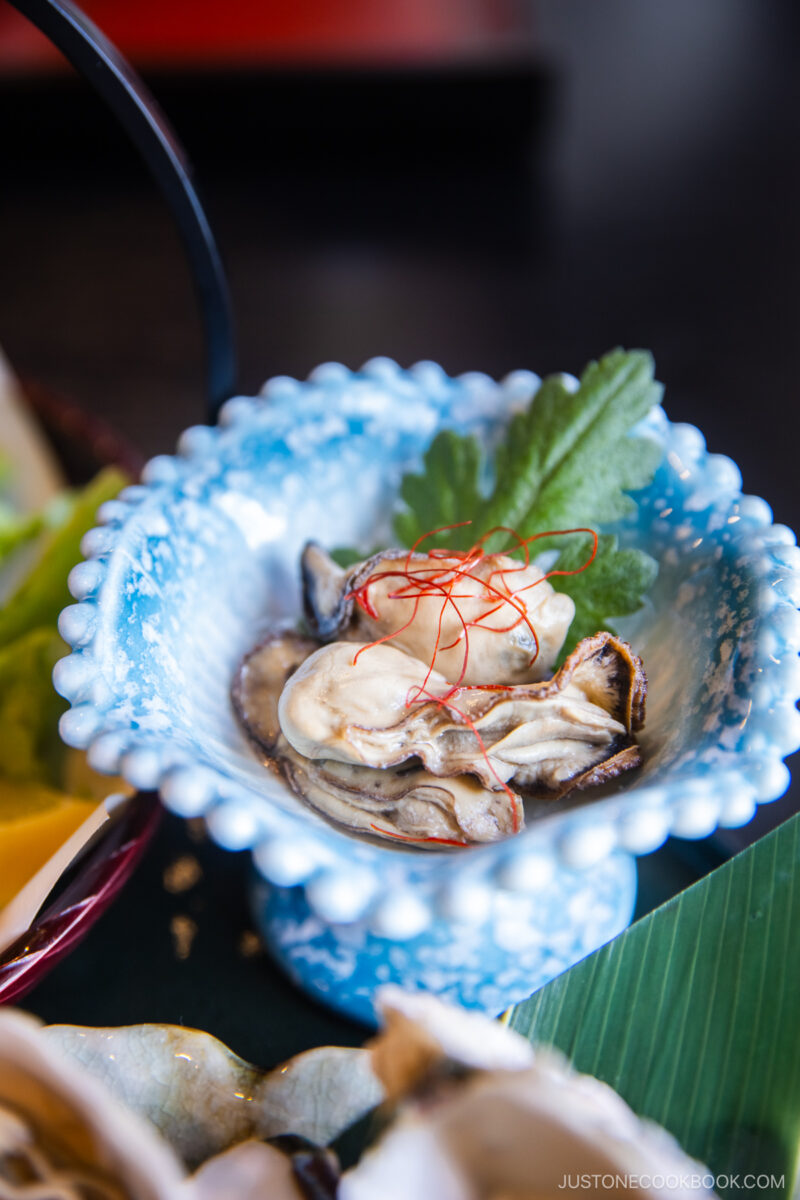

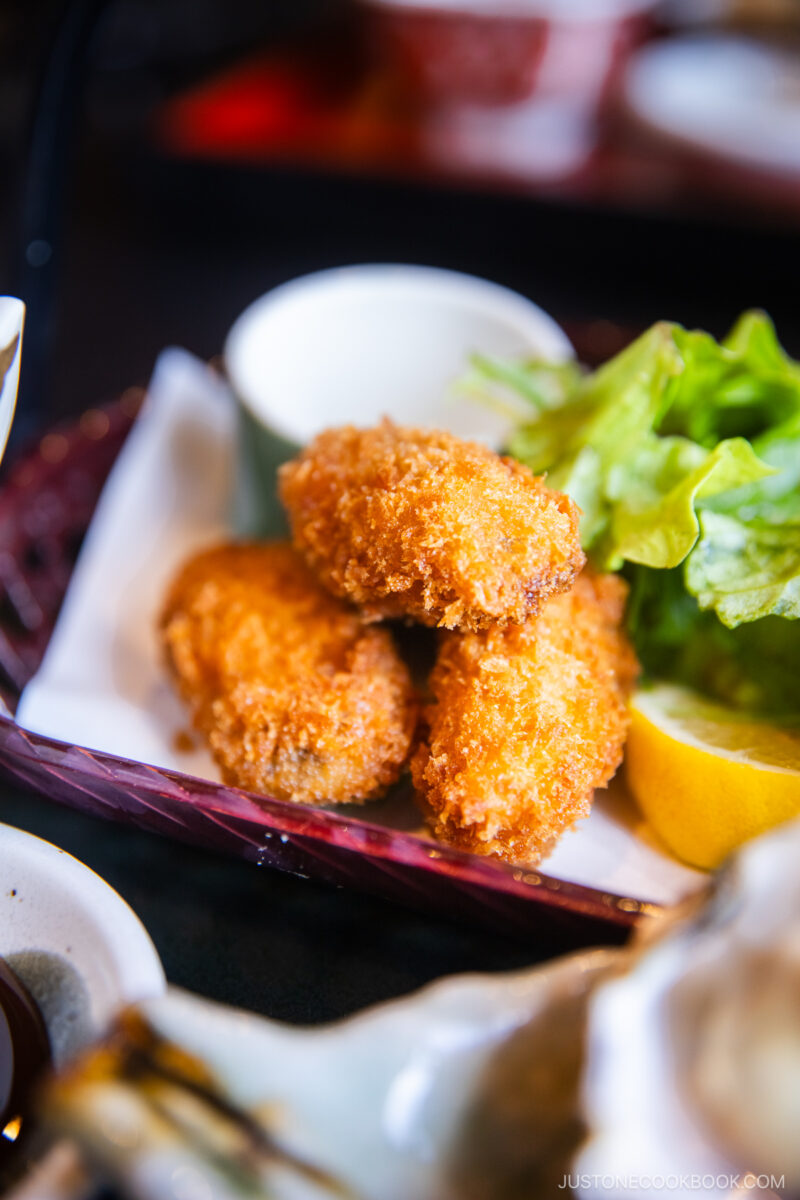

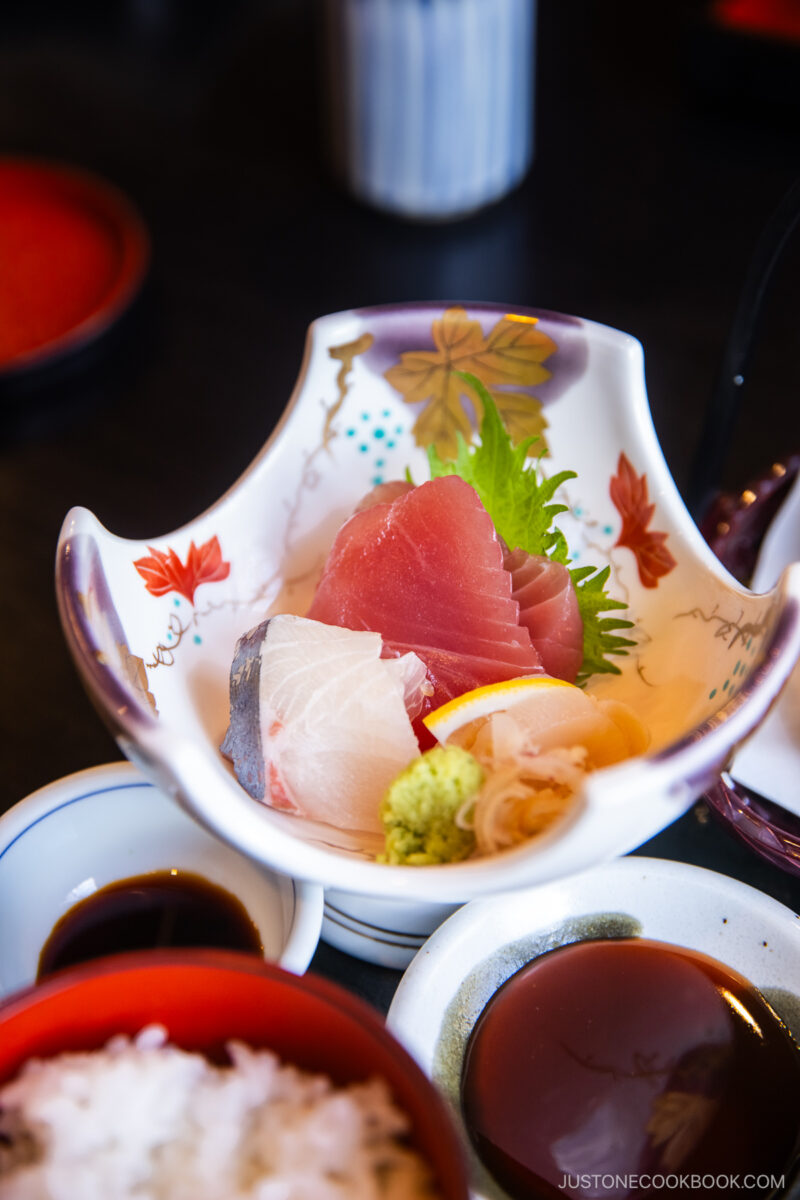

The oysters were creamy, sweet, and had a hint of the sea. As they were cooked in three different ways, you never get tired of eating them!
Yukitakeya – Rice Crackers and Soft Cream
Along the street opposite Matsushima Bay, you can find many souvenir shops offering local Matsushima foods and goods. Here, they sell all kinds of traditional Japanese-style goods, from chopstick holders to giant rice crackers!
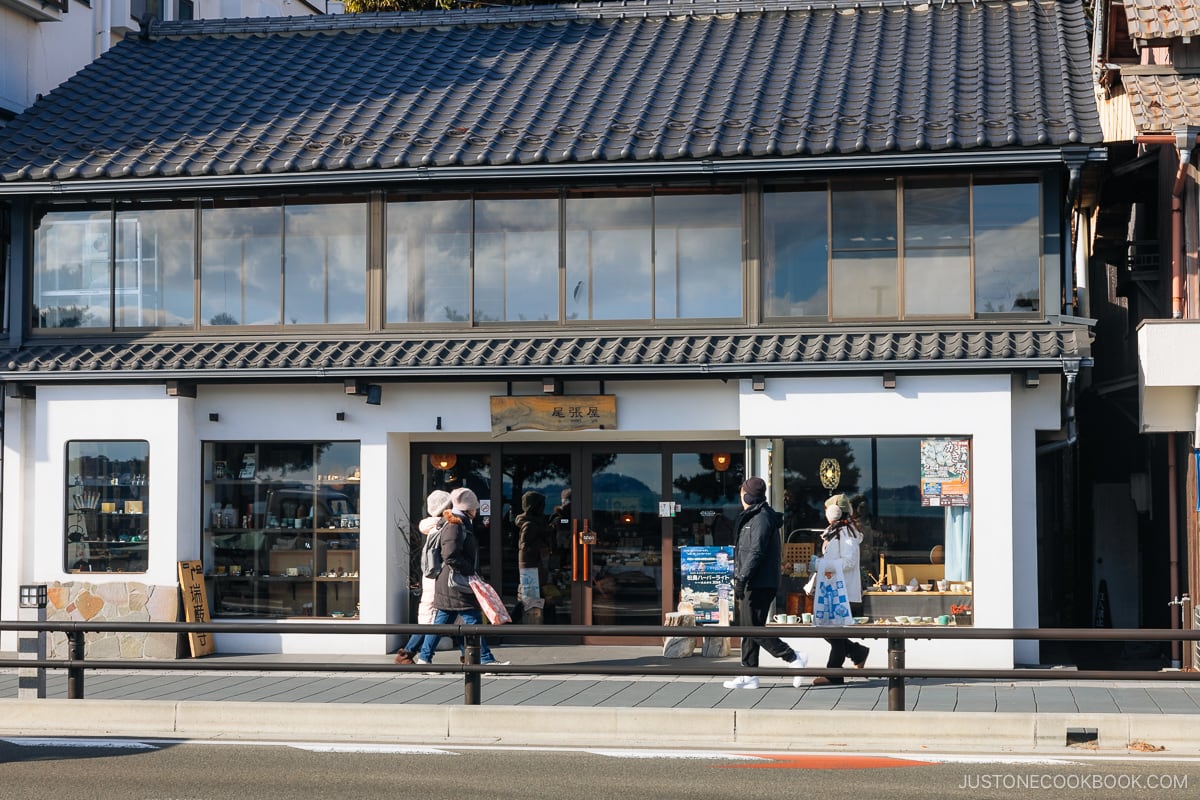

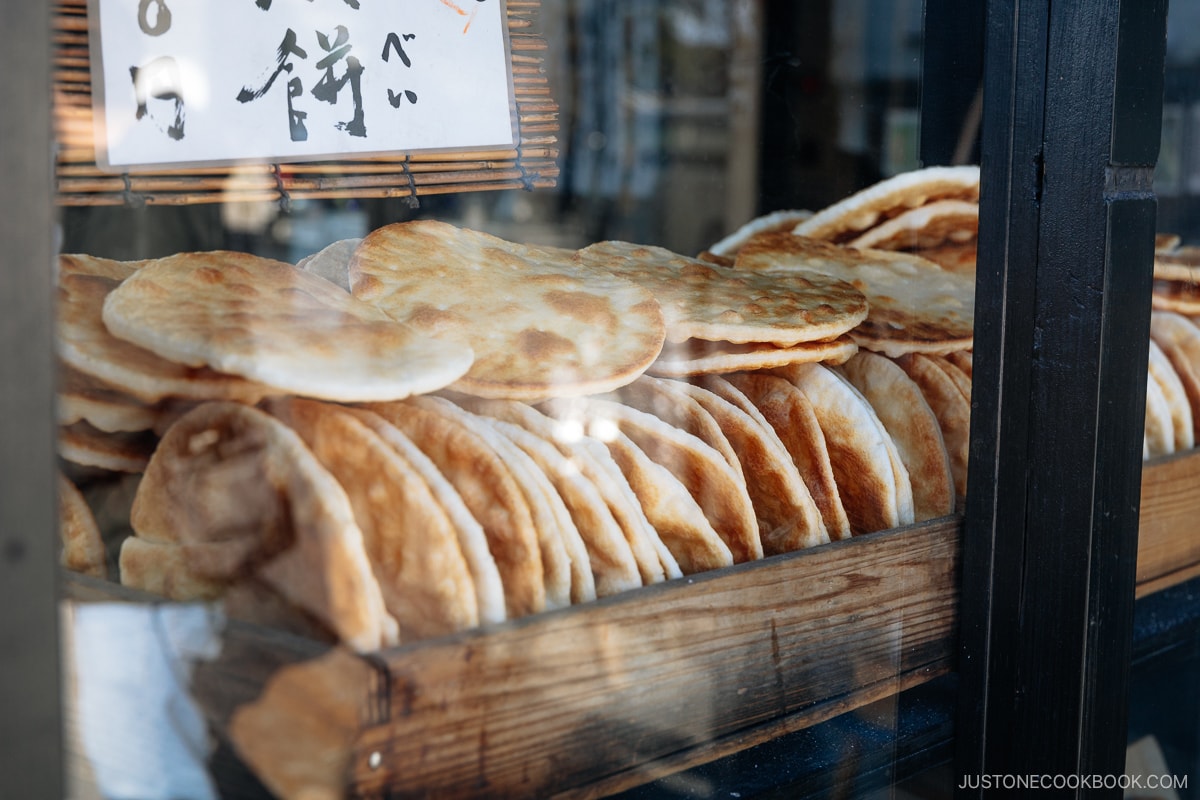

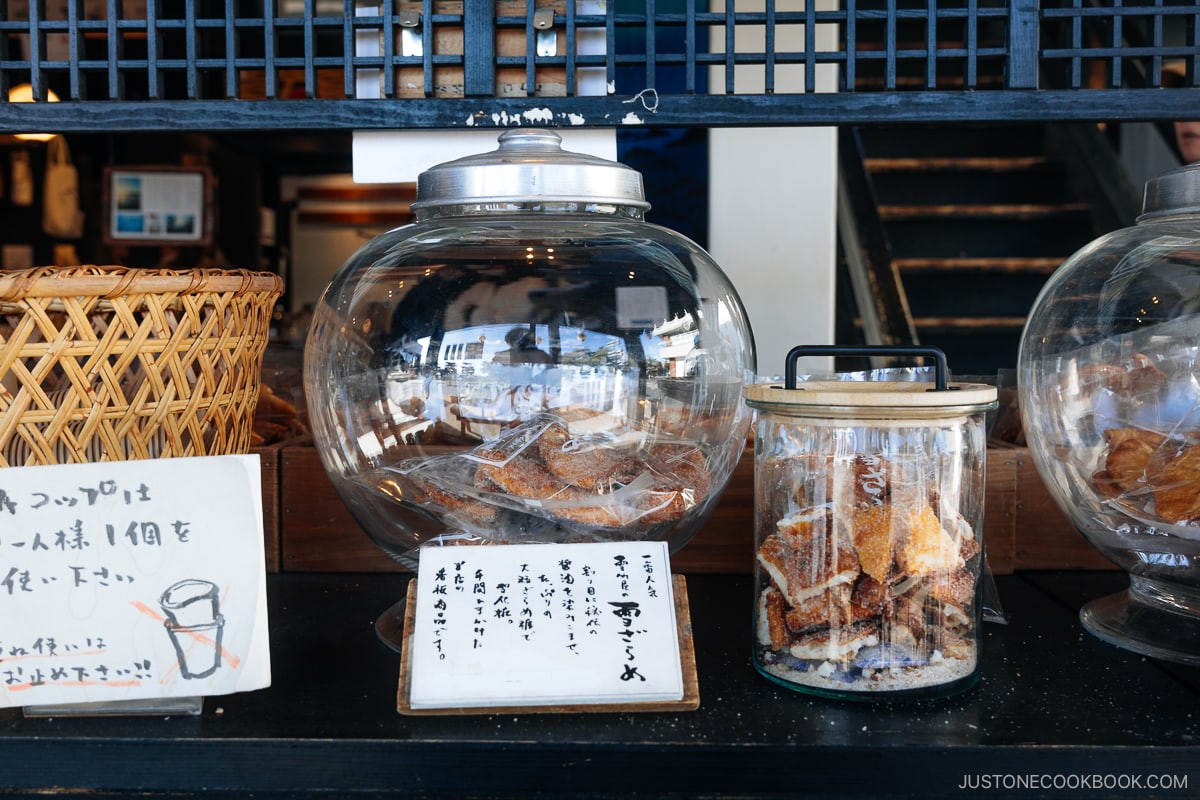

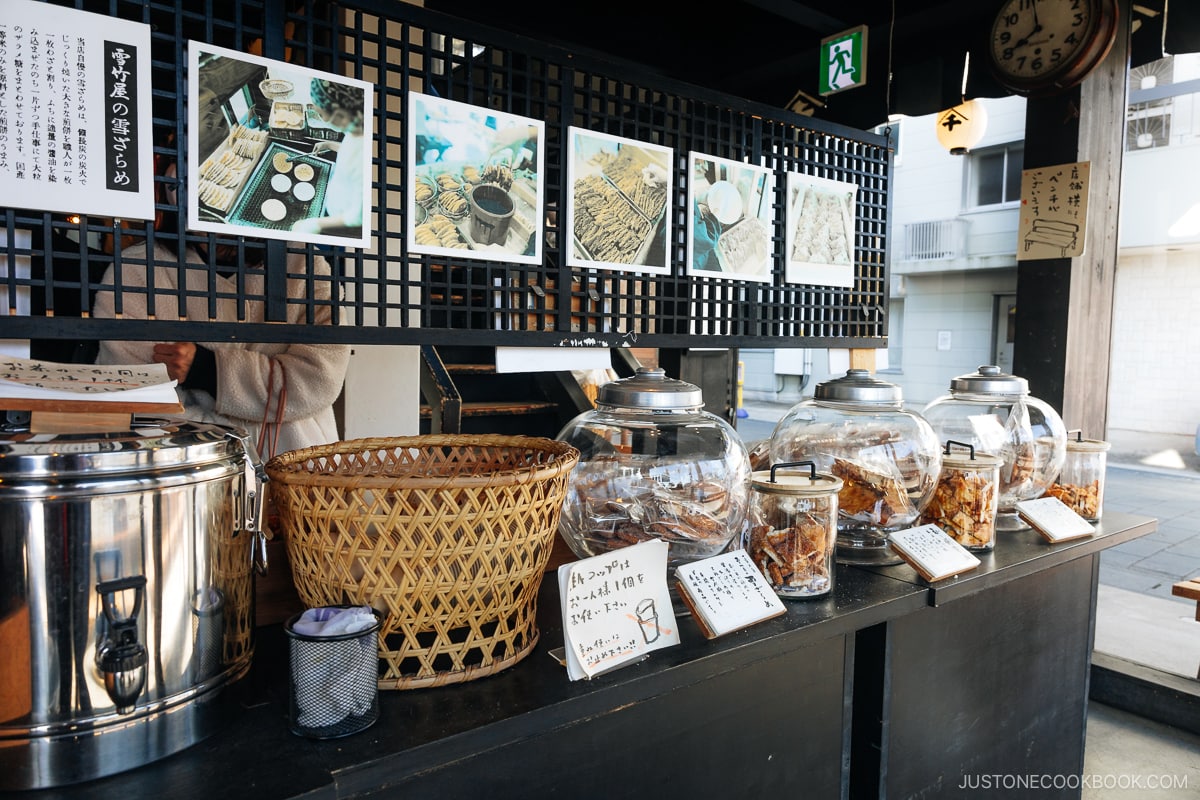

When you first walk in, you’ll notice the counter filled with giant round rice crackers dipped in their special sauce to order.
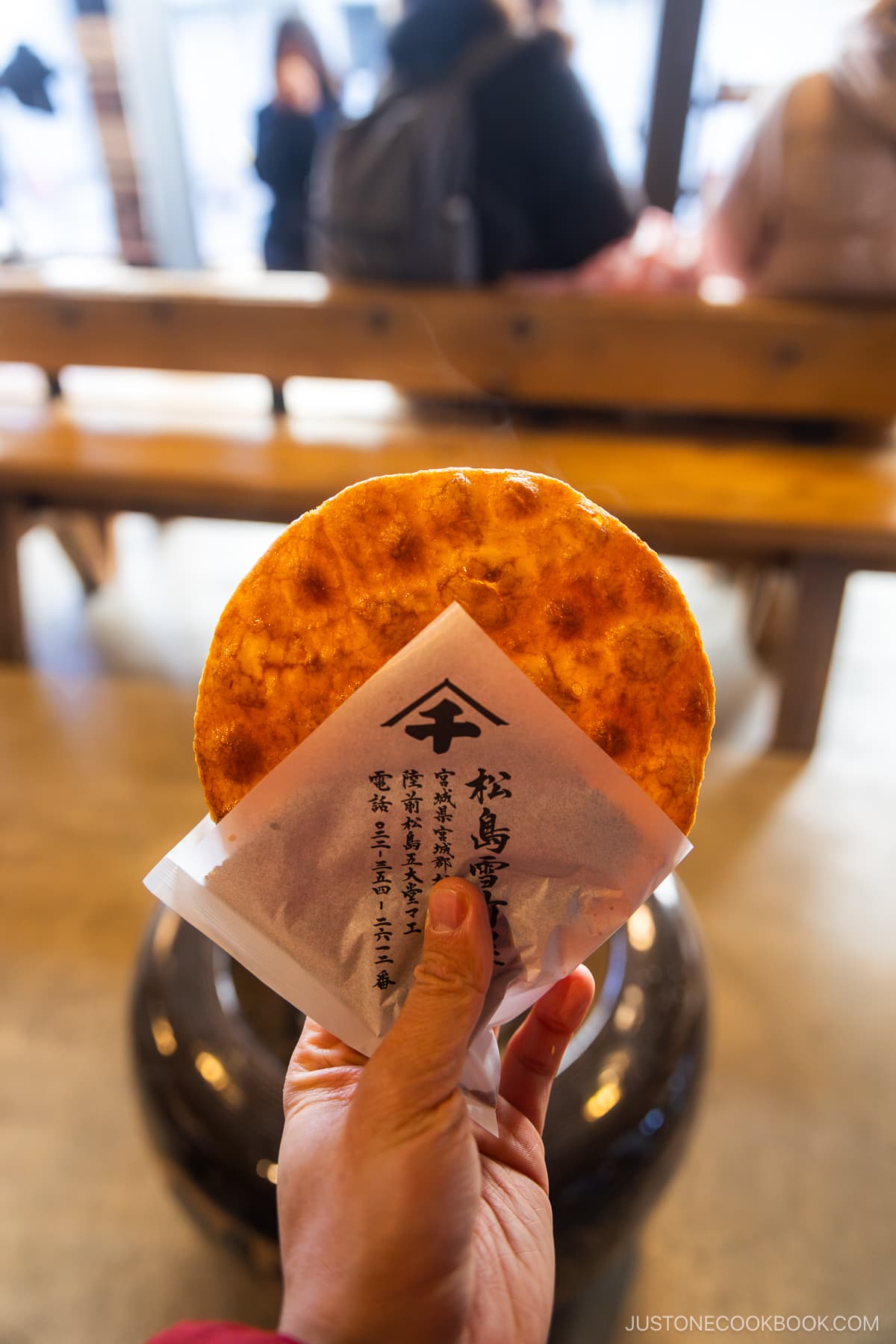

It was sweet, salty, sticky, and crispy all at the same time. It was pretty difficult to finish by myself!
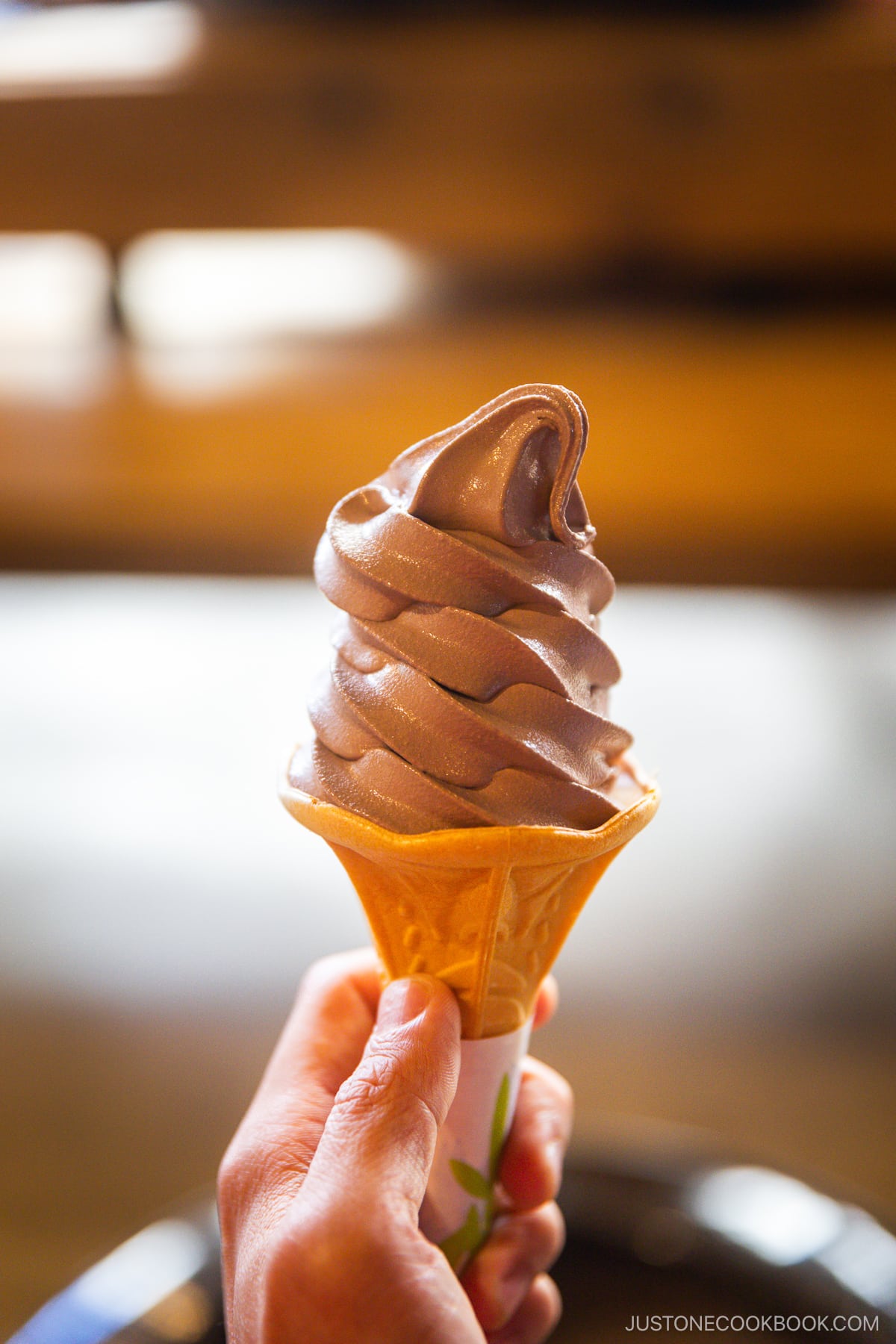

But the soft cream really impressed me. If you have read some of my other travel posts, you’ll know I love to eat soft cream. The one at Yukitakeys was red bean-flavored. It was so creamy and rich, with the perfect amount of sweetness and undertones of red bean. It was by far one of the best soft creams I have ever had in Japan.
Matsukama Sohonten – Sasa Kamaboko
One of Miyagi Prefecture’s local foods is sasa kamaboko (笹かまぼこ), or bamboo leaf fish cake. During the early Meiji Era (1868-1912), there was an excess supply of flounder. However, due to insufficient storage facilities and transportation, many of them were thrown away. To combat the waste, people started to grind the flounder meat into a fish cake, known as sasa kamaboko.
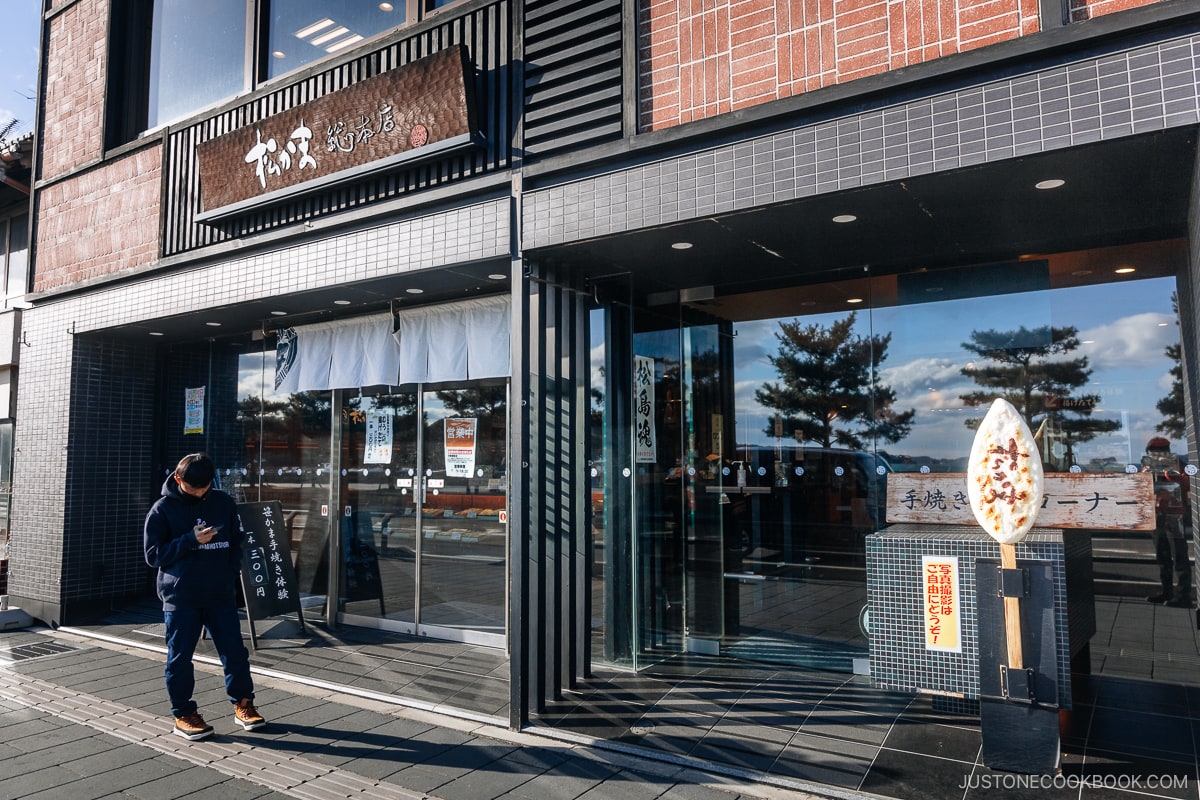

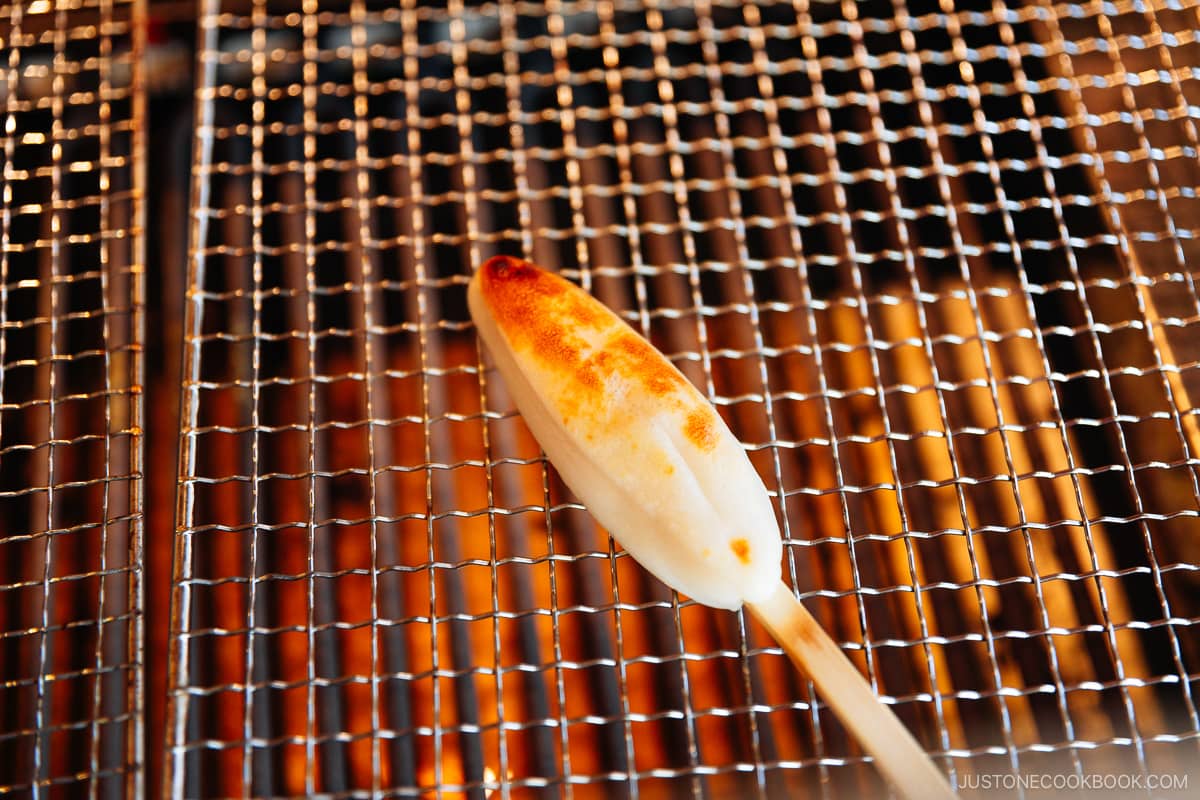

At Matsukama Sohontenyou can grill your own sasa kamaboko and enjoy its slightly sweet and not overpoweringly fishy flavor. It’s a great snack to keep you going on your Matsushima adventures!
Historical Significance
Matsushima is not just all food and scenic views. It also has historical significance in Japan. Date Masamune, one of the most powerful feudal lords in Japan’s history, built various structures, including Zuiganji, Godaido, Entsuin, and Tenrinin, as well as Kanrantei Tea House.
Zuiganji and The Kanrantei Tea House were actually built facing towards the harvest full moon in the fall as Date was fond of the moon (his helmet even has a crescent-shaped moon on it!) If you’re interested in Date’s history, you can visit the Date Masamune Historical Museum, where you can also try on a replica of his armor.
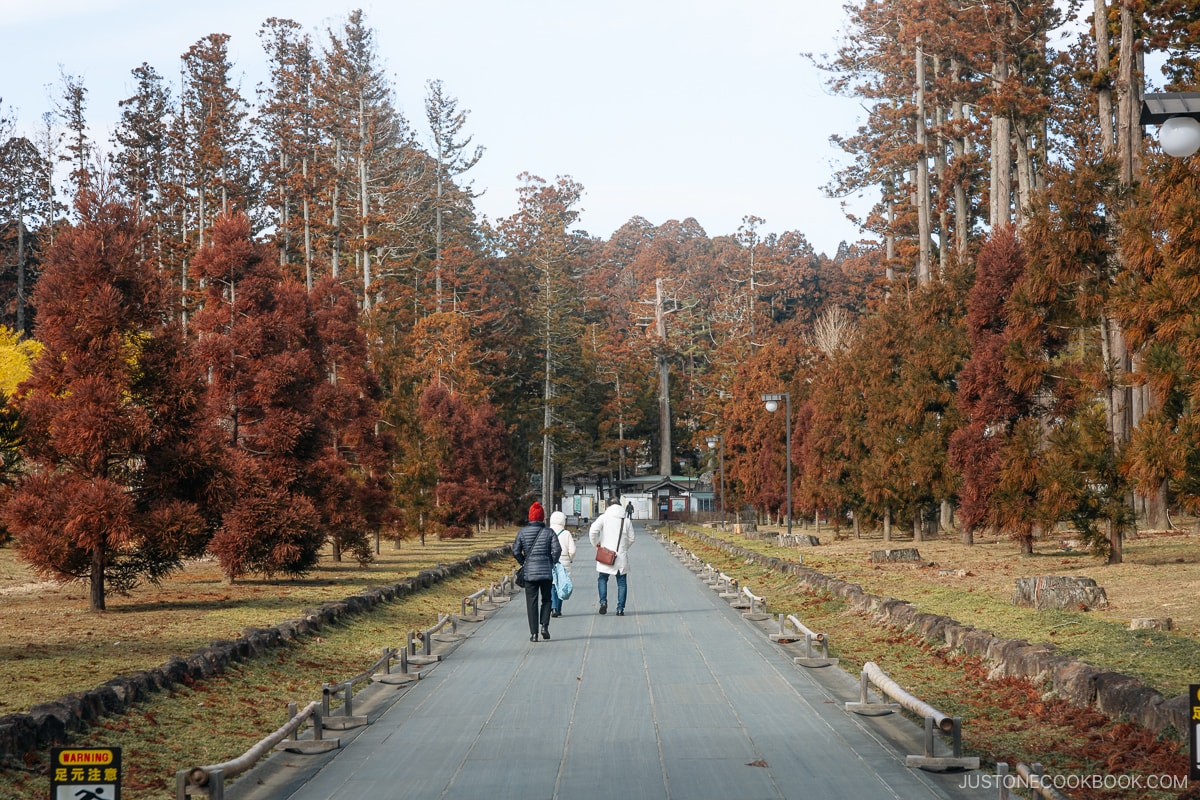

Zuiganji
I visited Zuiganjia zen temple dating back to the ninth century. Date ordered the construction of the current temple, which served as his family’s temple, which was completed in 1609. There is a 200-meter odd walkway to the temple’s entrance, lined by towering cedar trees and shallow caves.
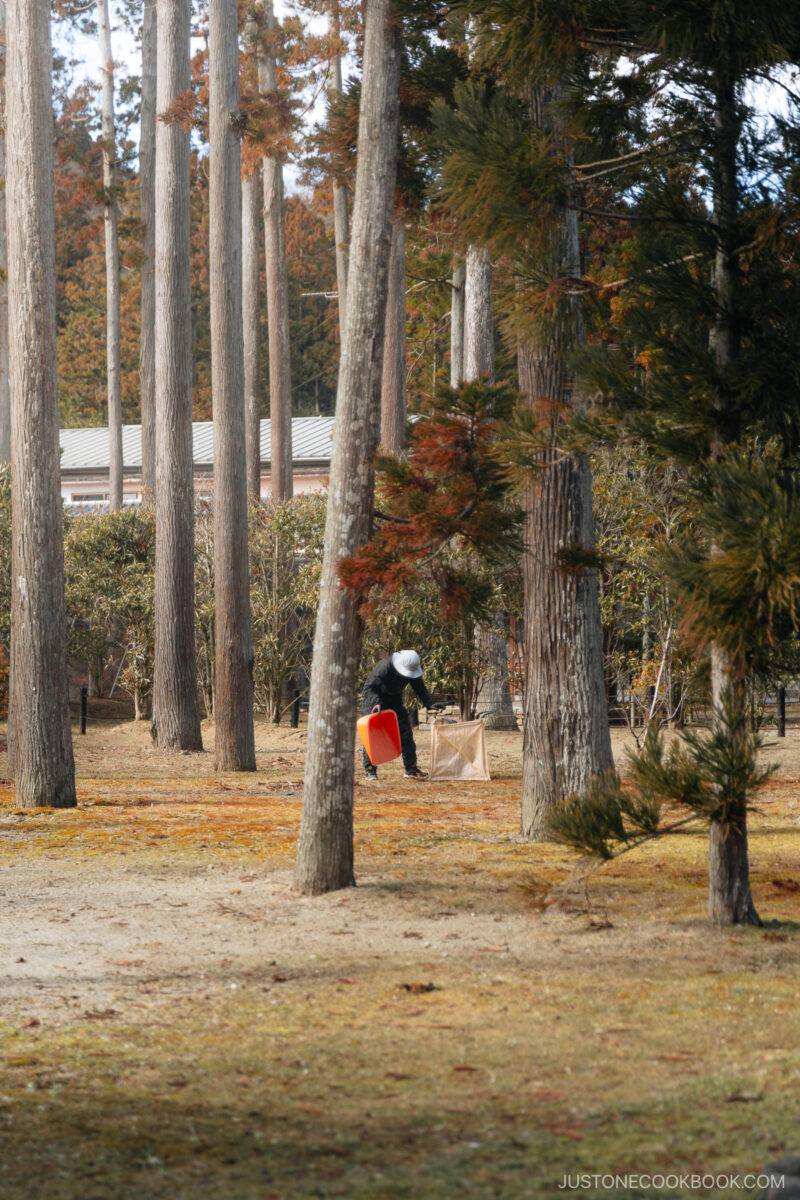

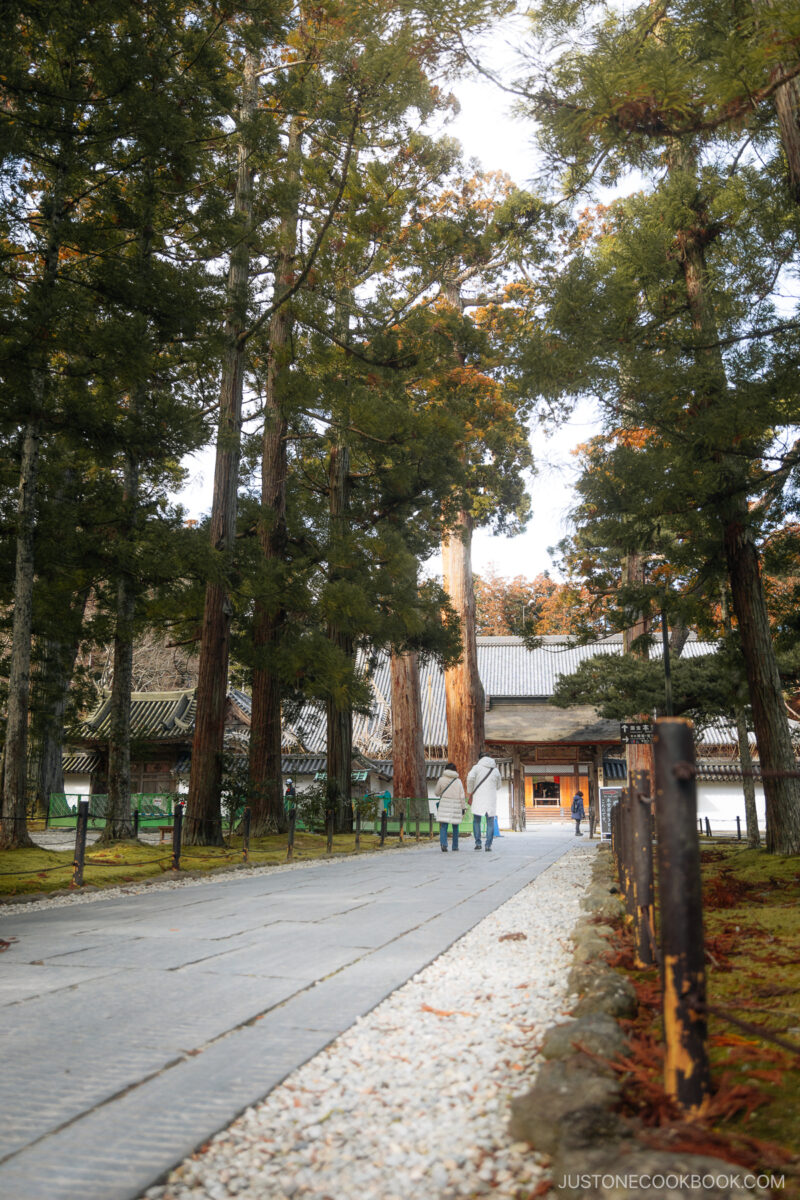

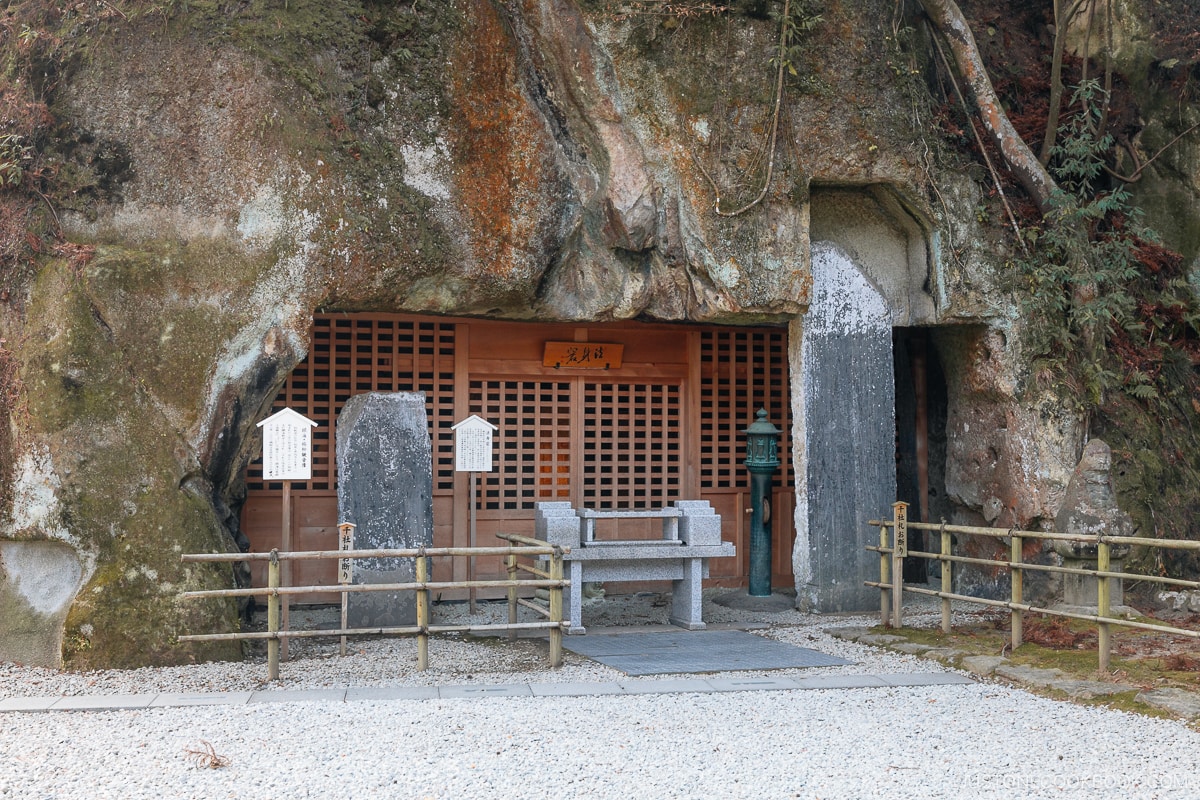

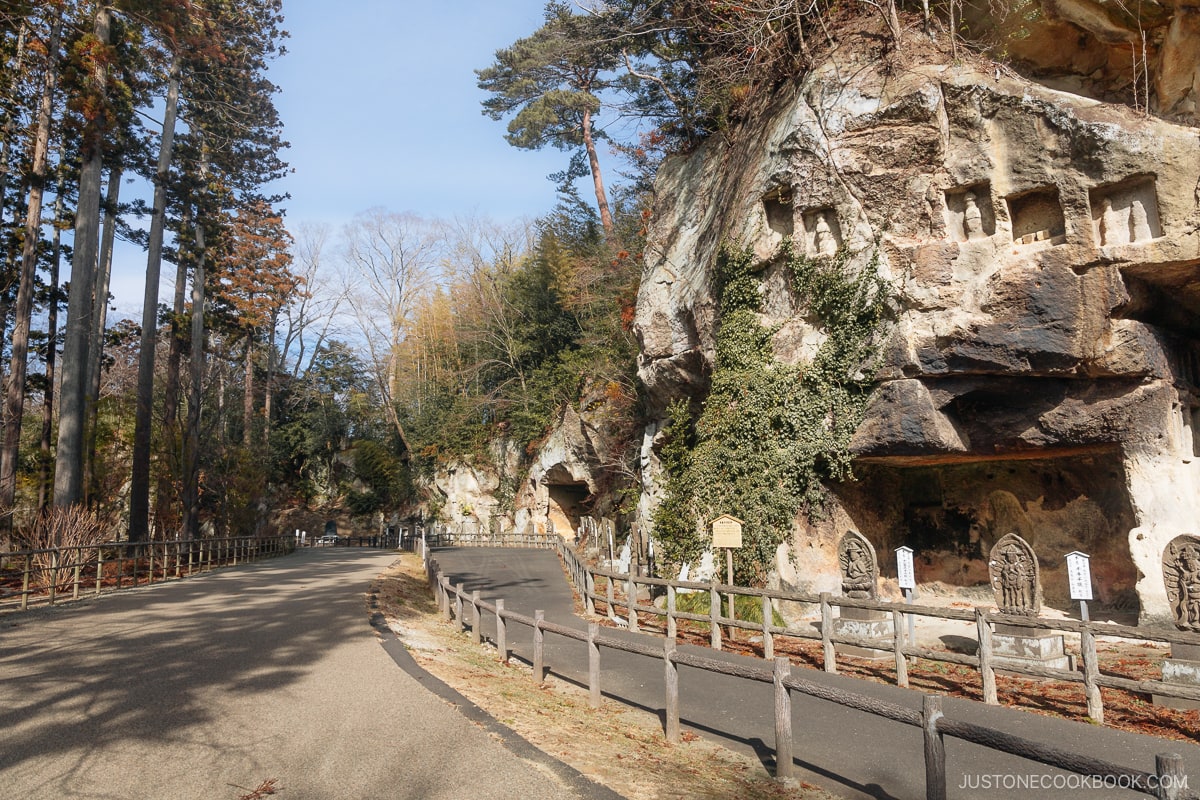

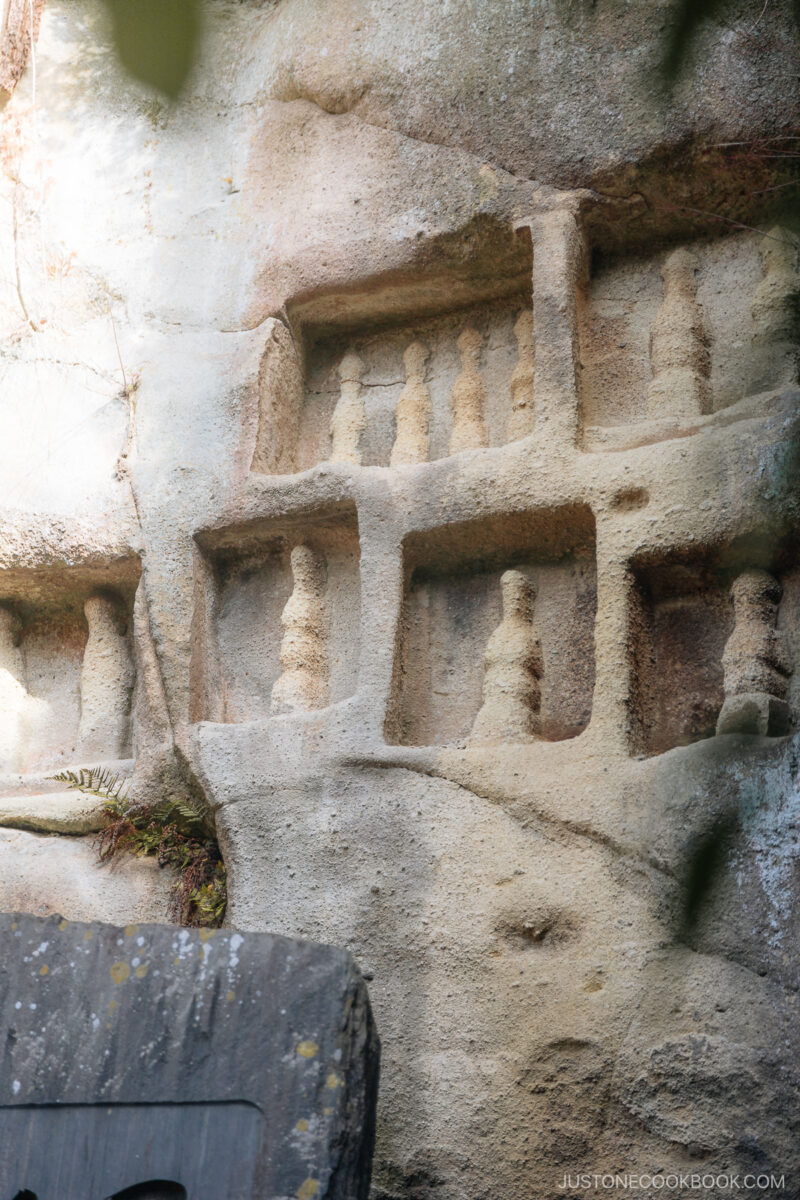

The hondo (main hall) is a national treasure and artistically depicts Japan’s seasonality and Date’s aesthetic sense. (Unfortunately, photos and videos are prohibited.)
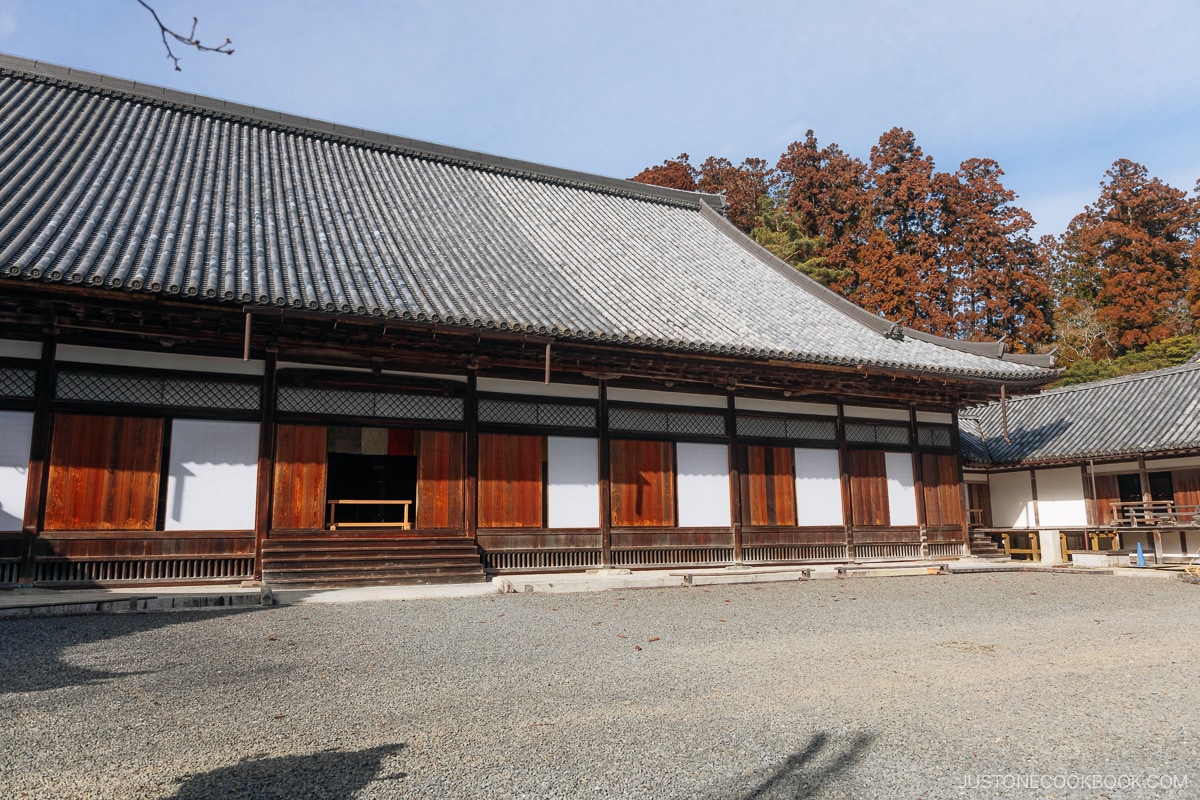

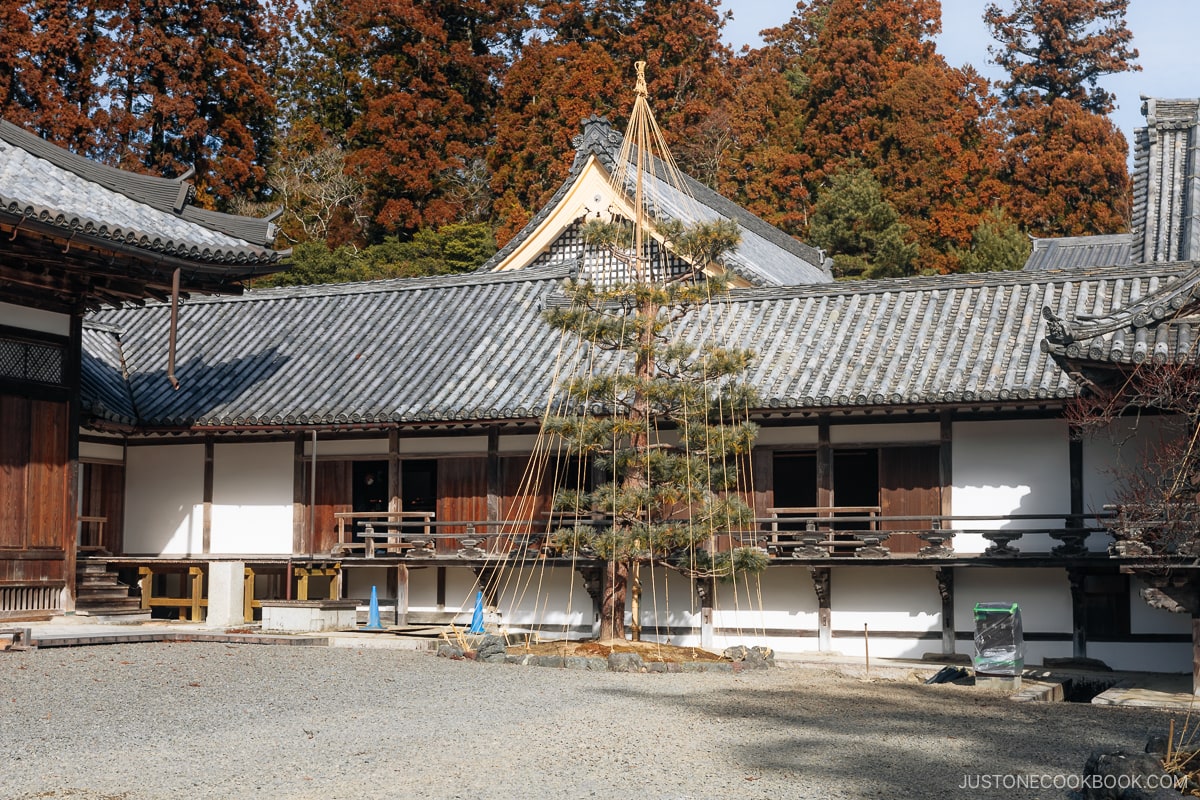

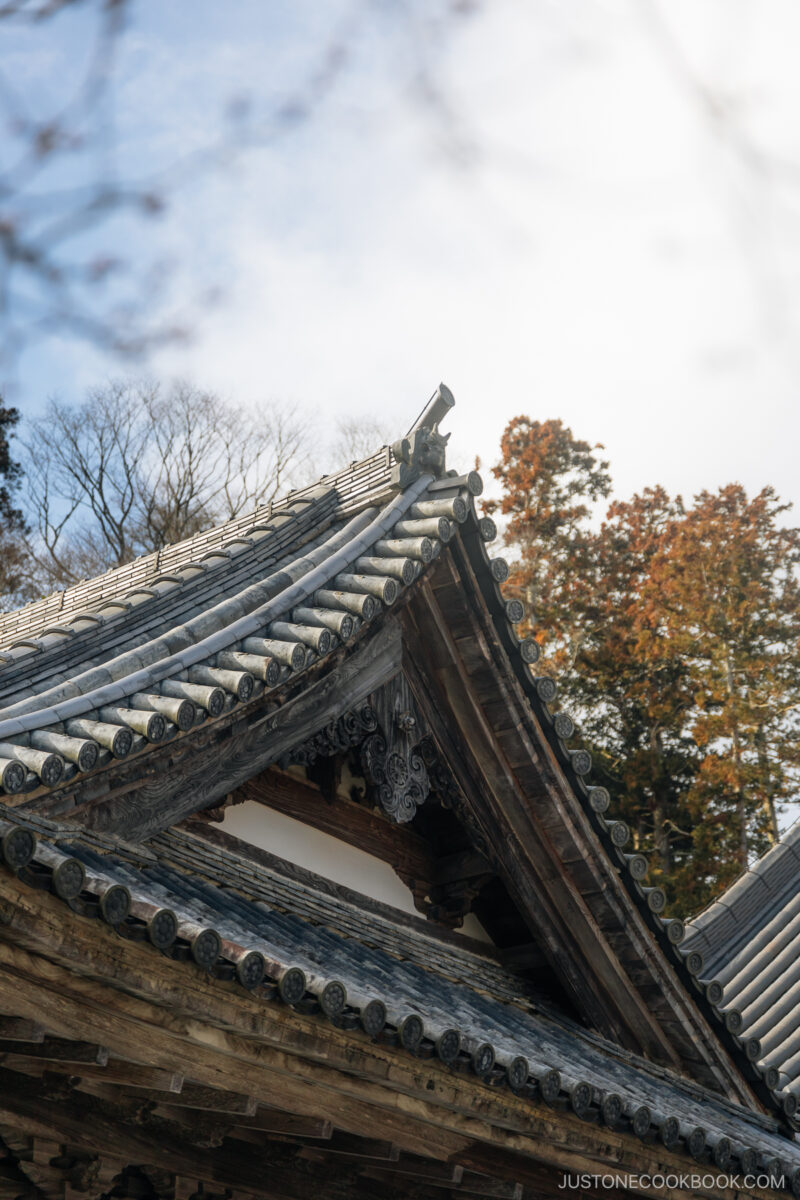

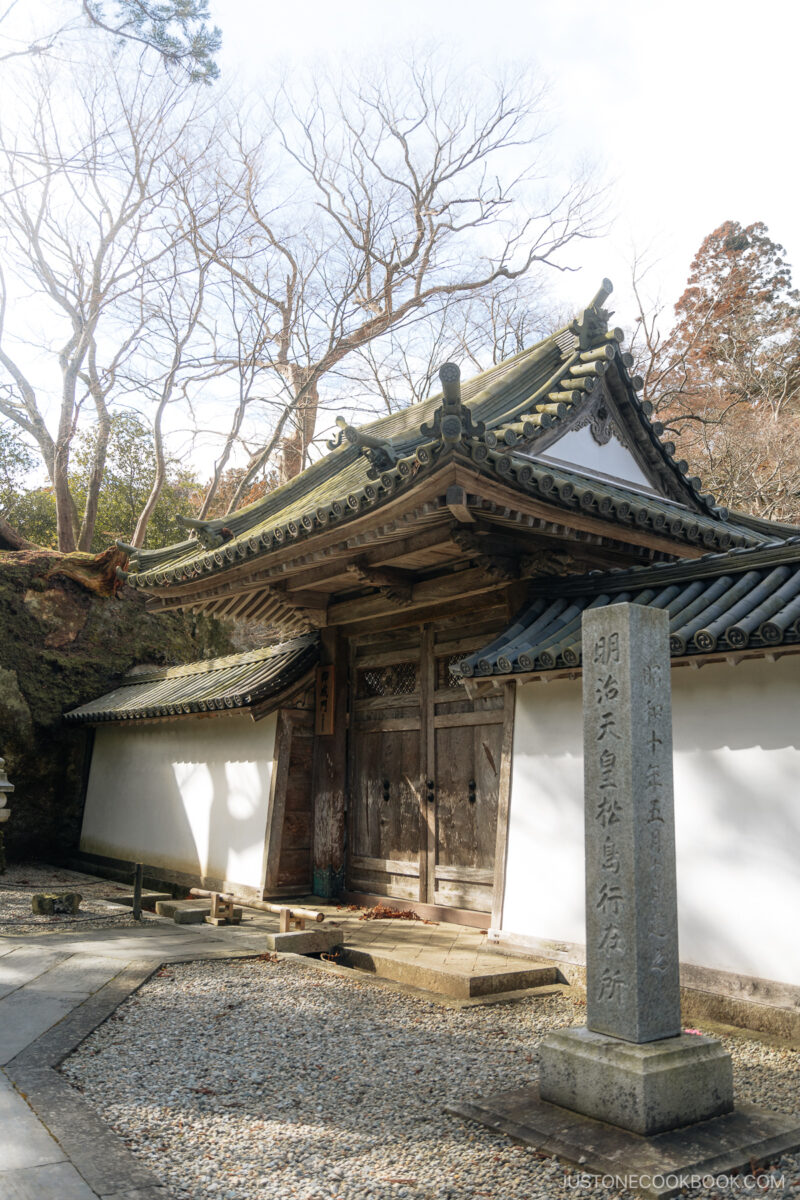

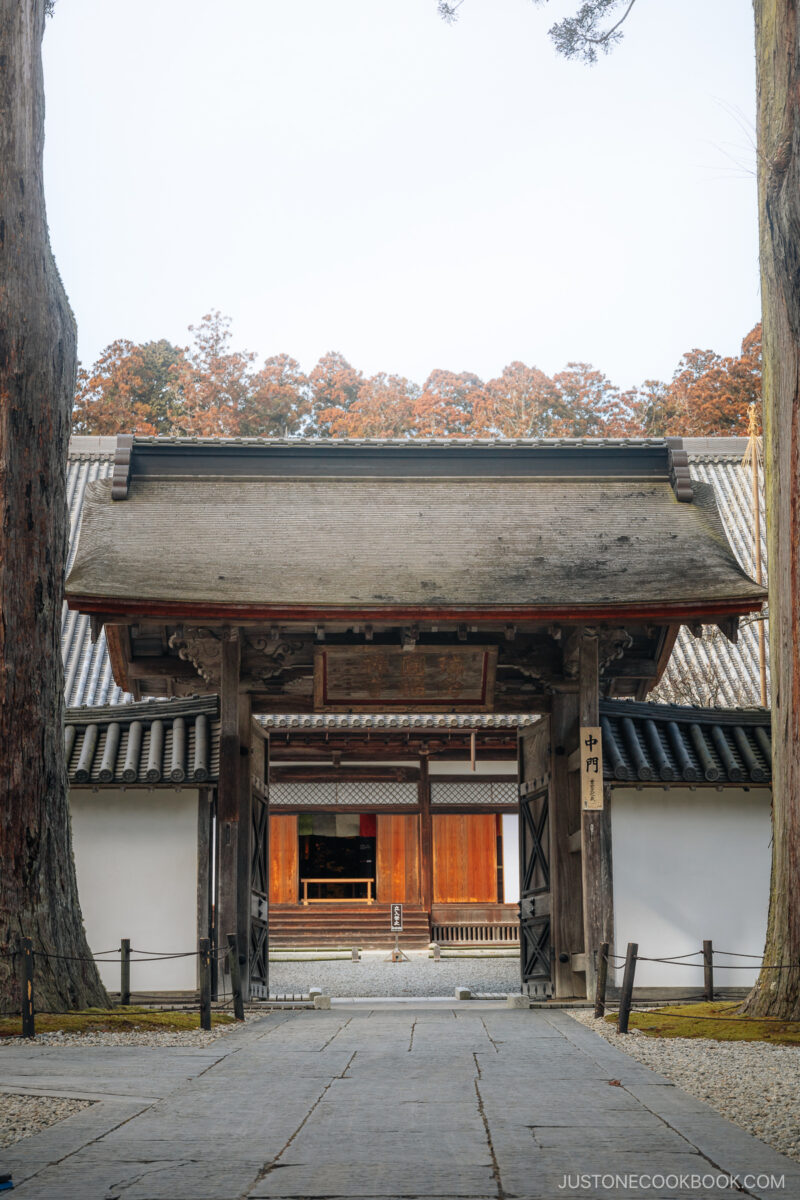

Intricate paintings on gold leaf-covered walls elegantly depict the seasons. Throughout the temple, there are also wooden carvings of mythical animals.
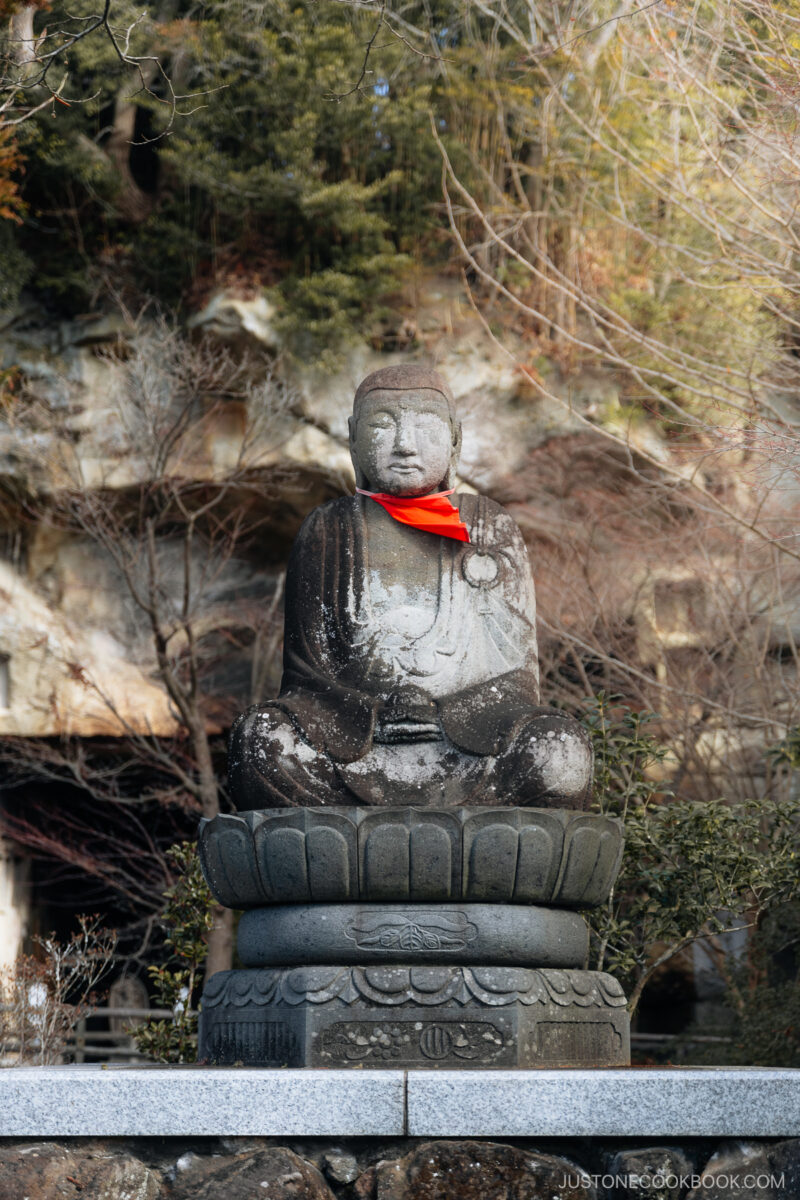

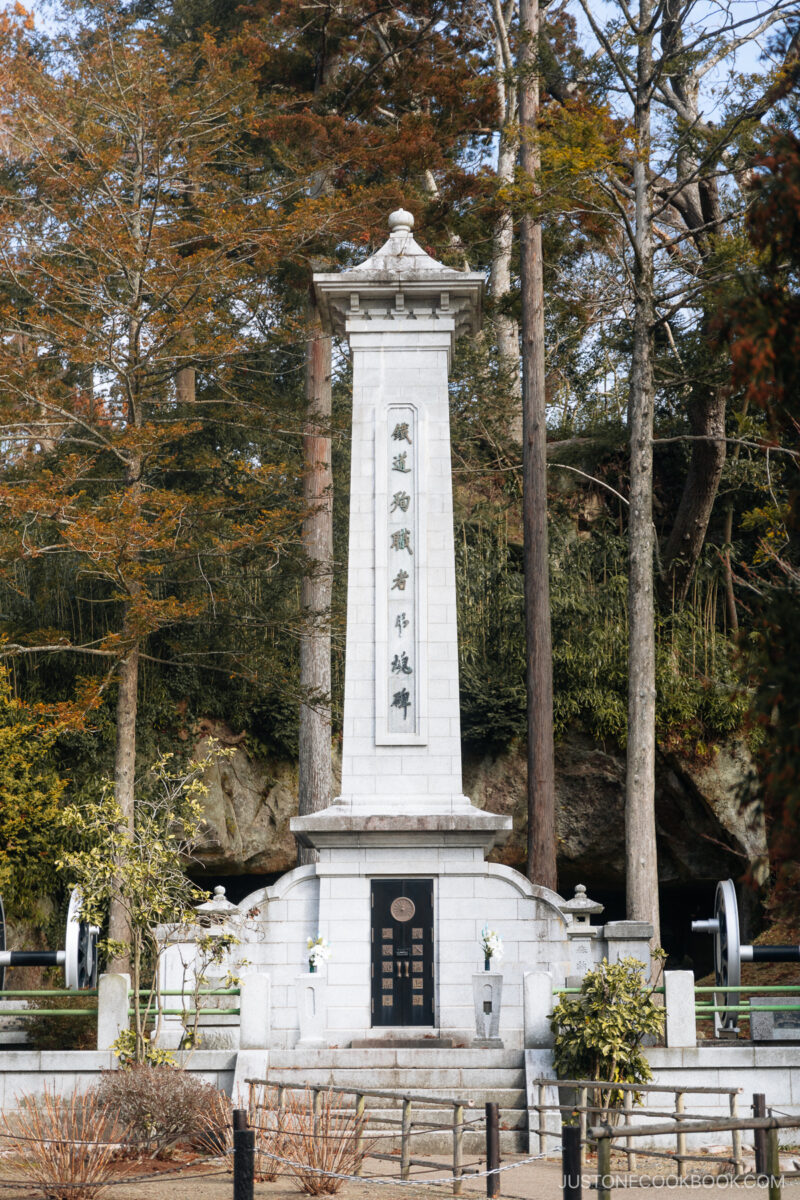

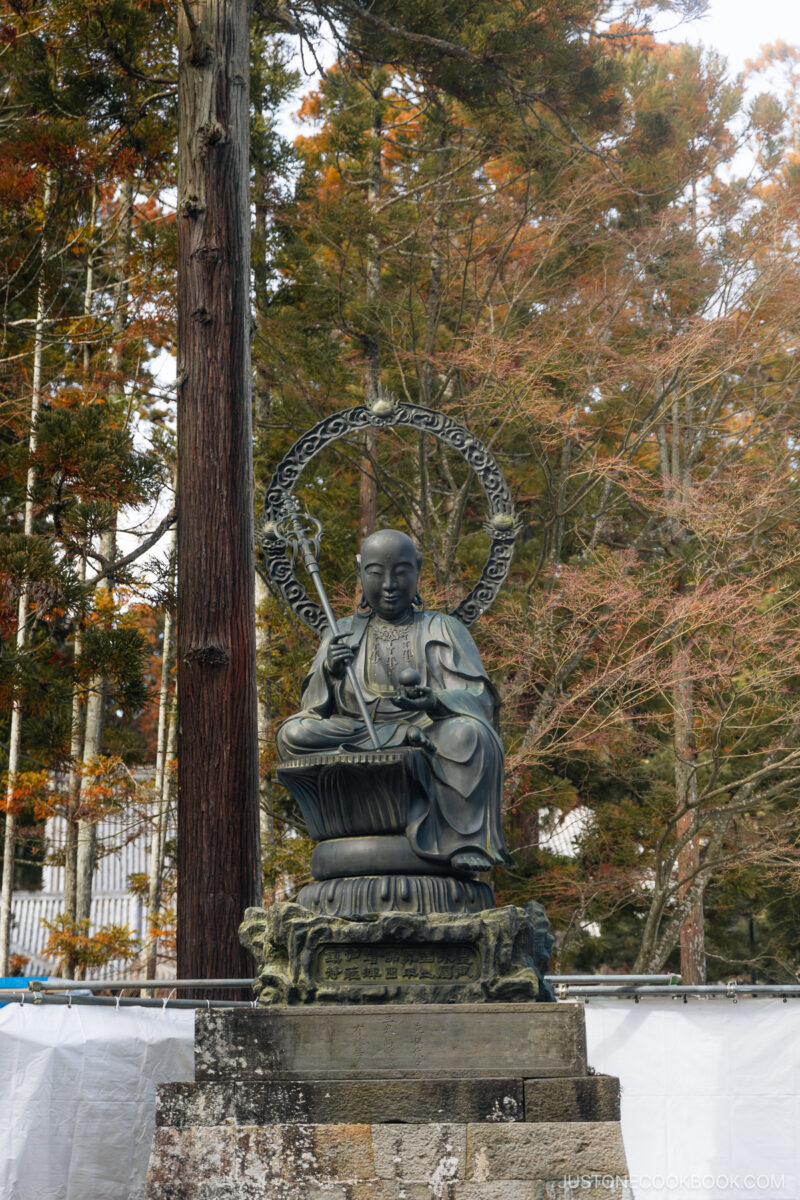

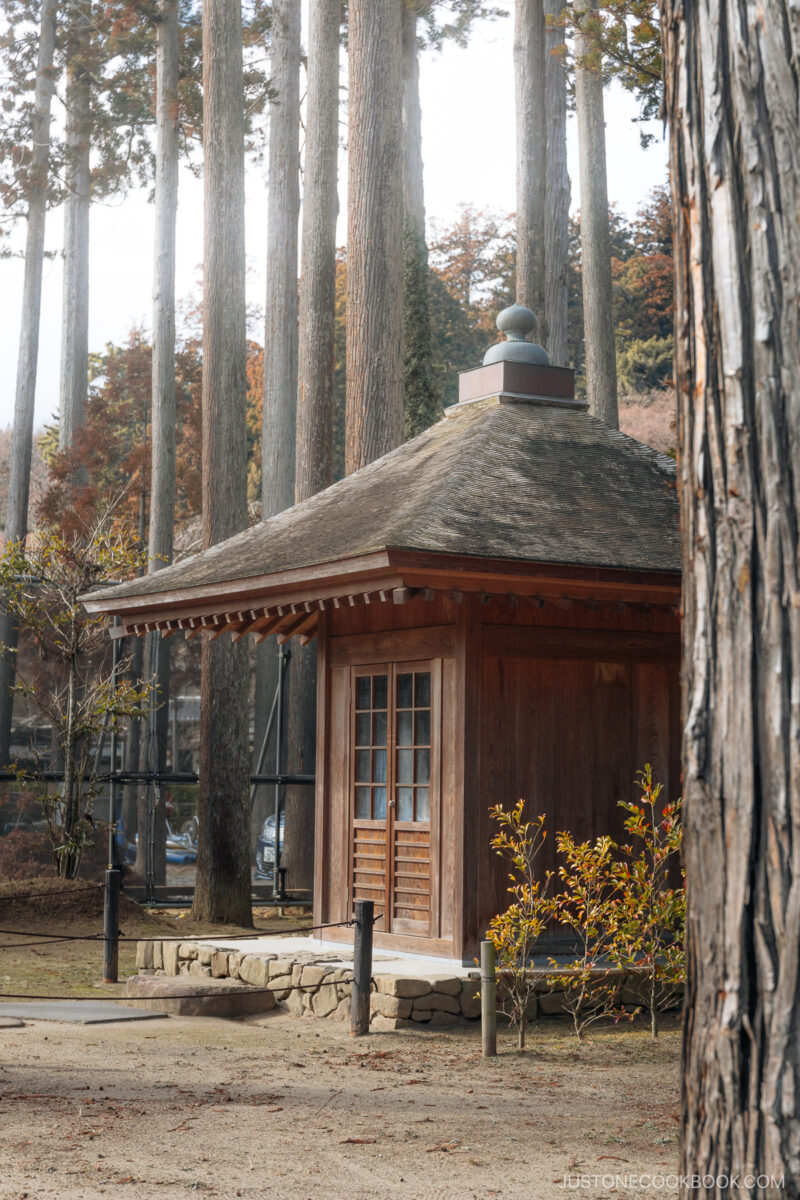

In the museum, you can find exhibits of treasures, including original samurai swords and a statue of Masamune.
Panoramic Views
To view Matsushima Bay and the beautiful islands, you can visit one of the many observation points from different perspectives. I headed to Saigyo Modoshi no Matsu Park as there was a cafe I also wanted to visit, Cafe le Roman.
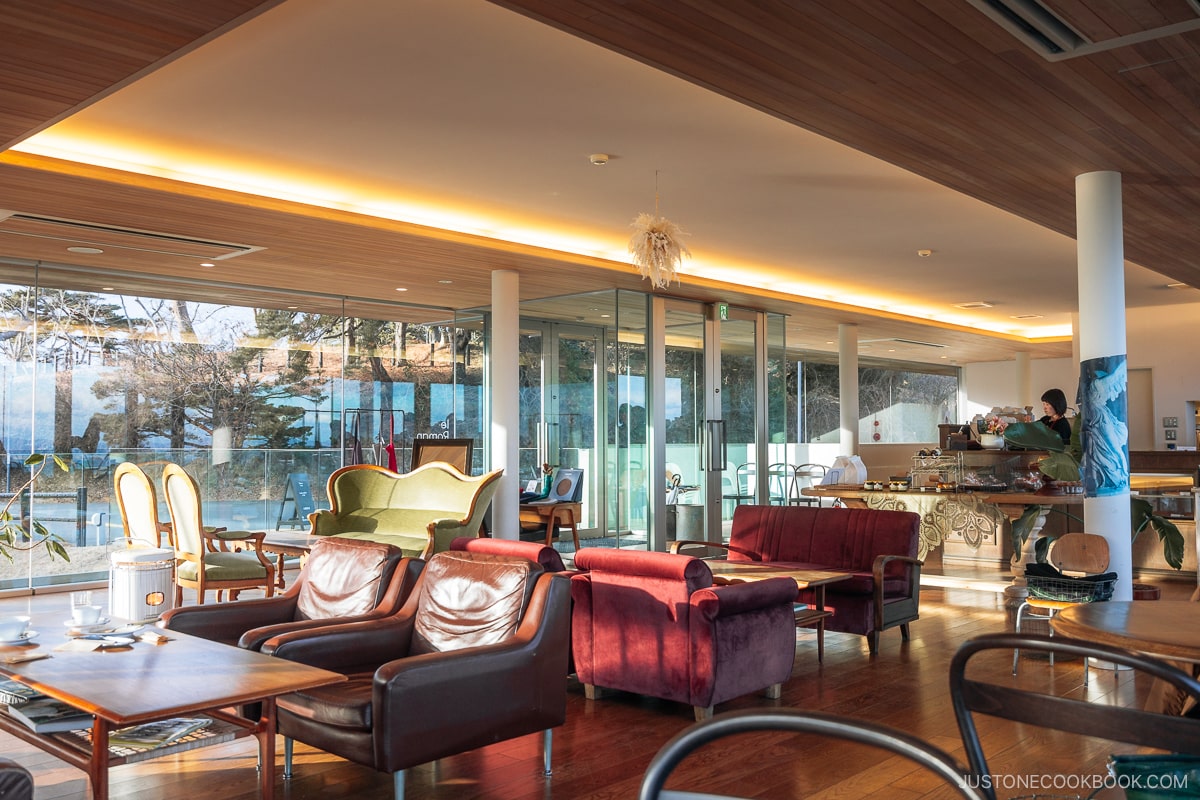

The park is named after Saigyo Hoshi, a famous poet who, after a long journey, arrived at a hill where he rested under a great pine tree. A young boy joined him and started questioning him with Buddhist riddles, which Hoshi could not answer. Ashamed, he gave up on his journey.
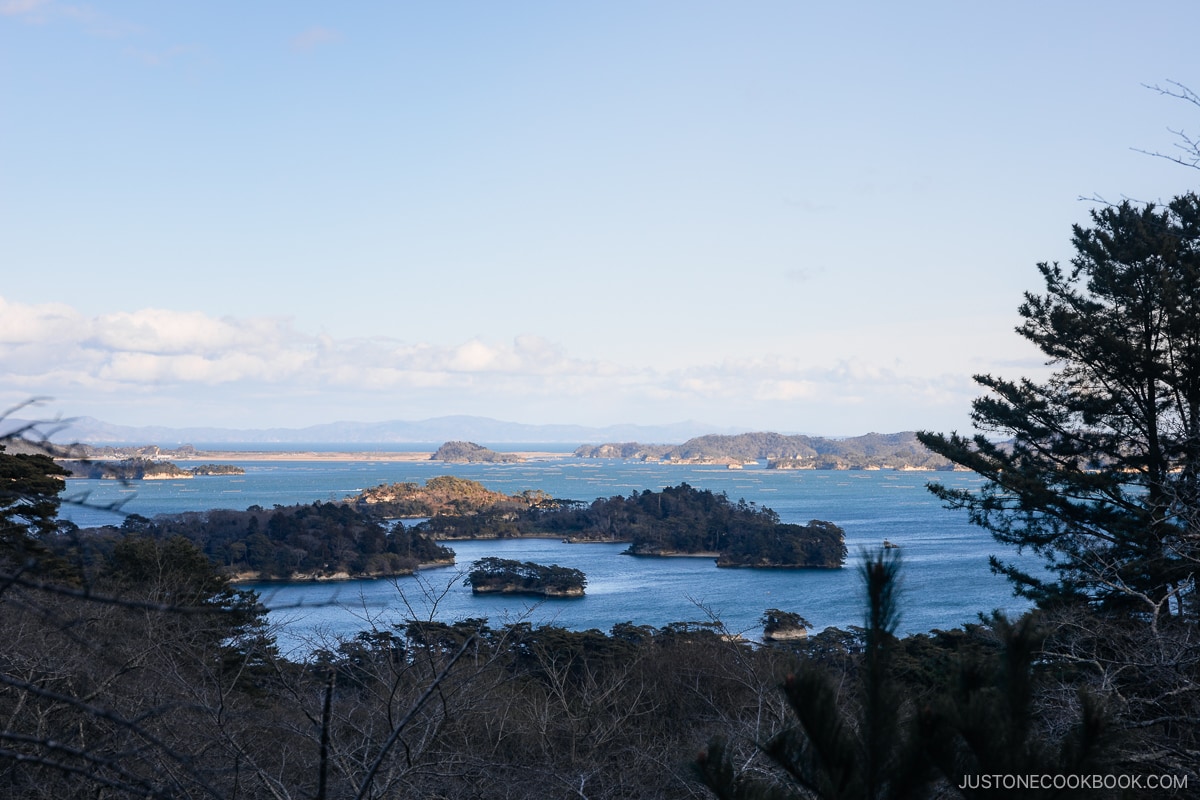

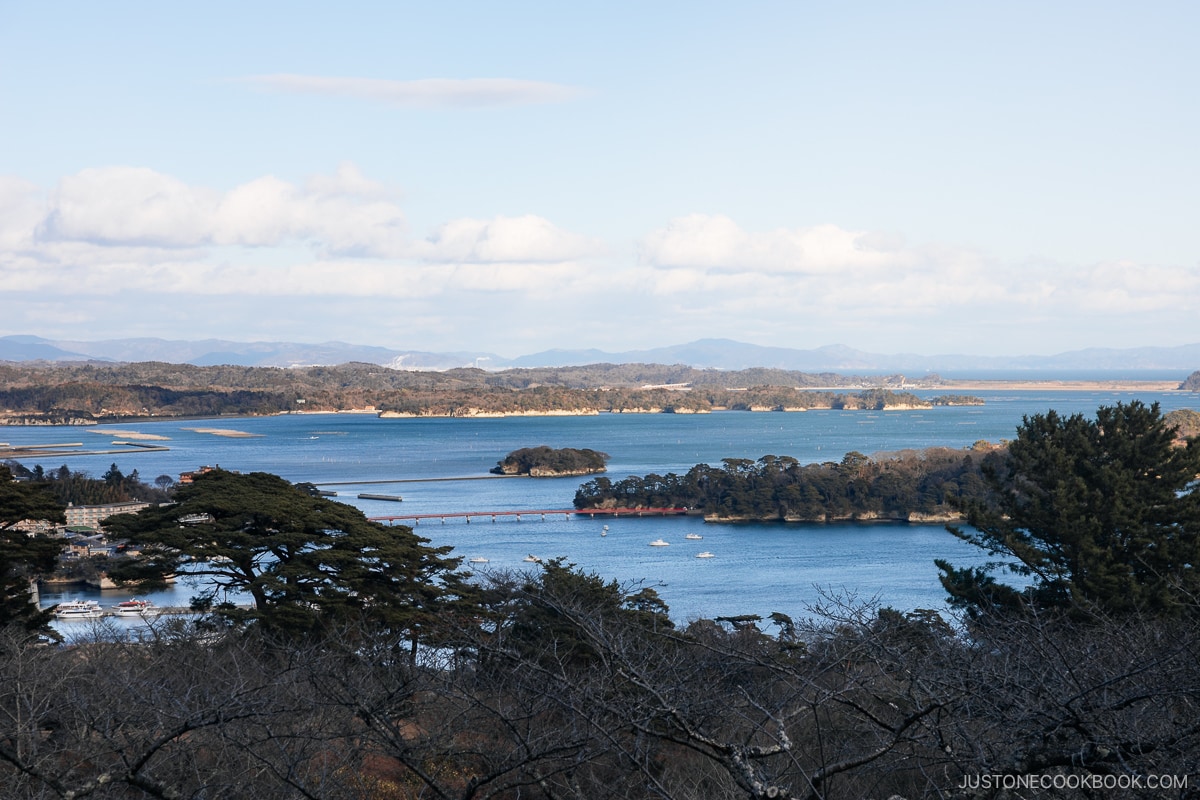

The park has some of the best views of Matsushima Bay, along with 260 cherry blossom trees, farming the bay in a cloud of pink. You can see the dynamism of the bay and admire all the small pine-covered islands, the red bridge, and all of the fishing operations.
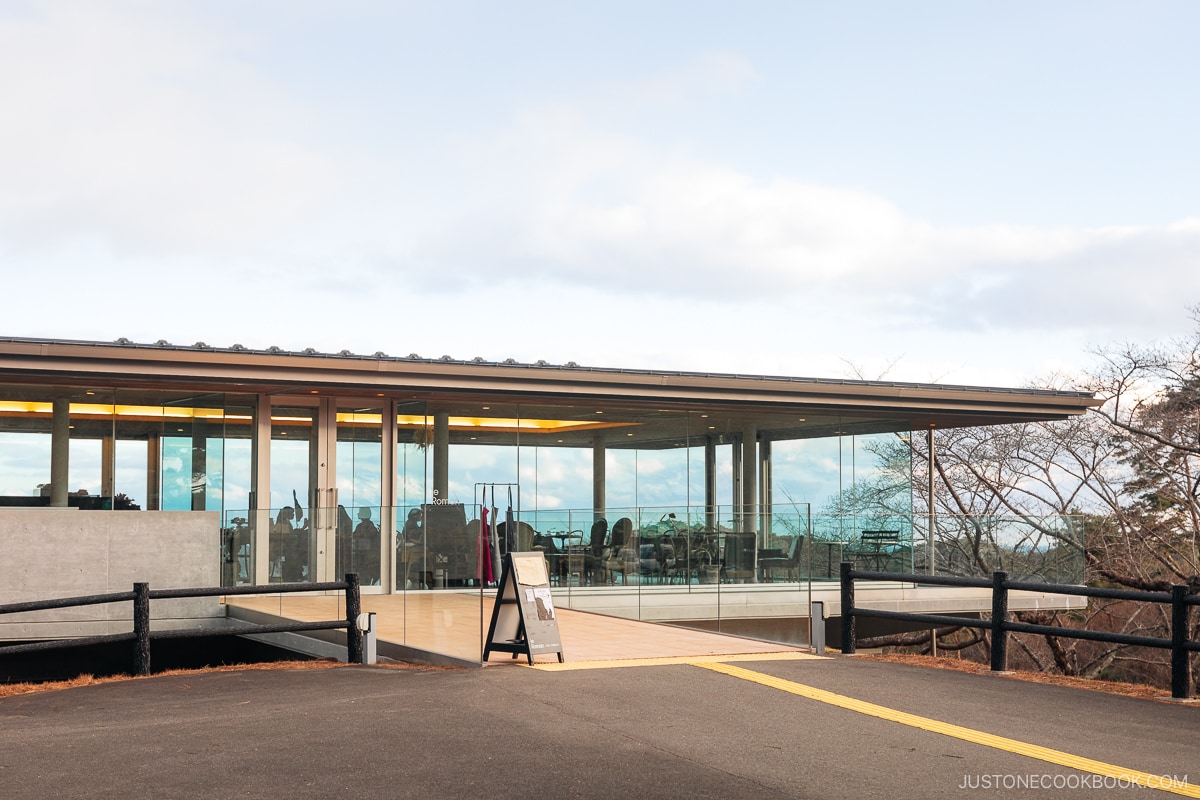

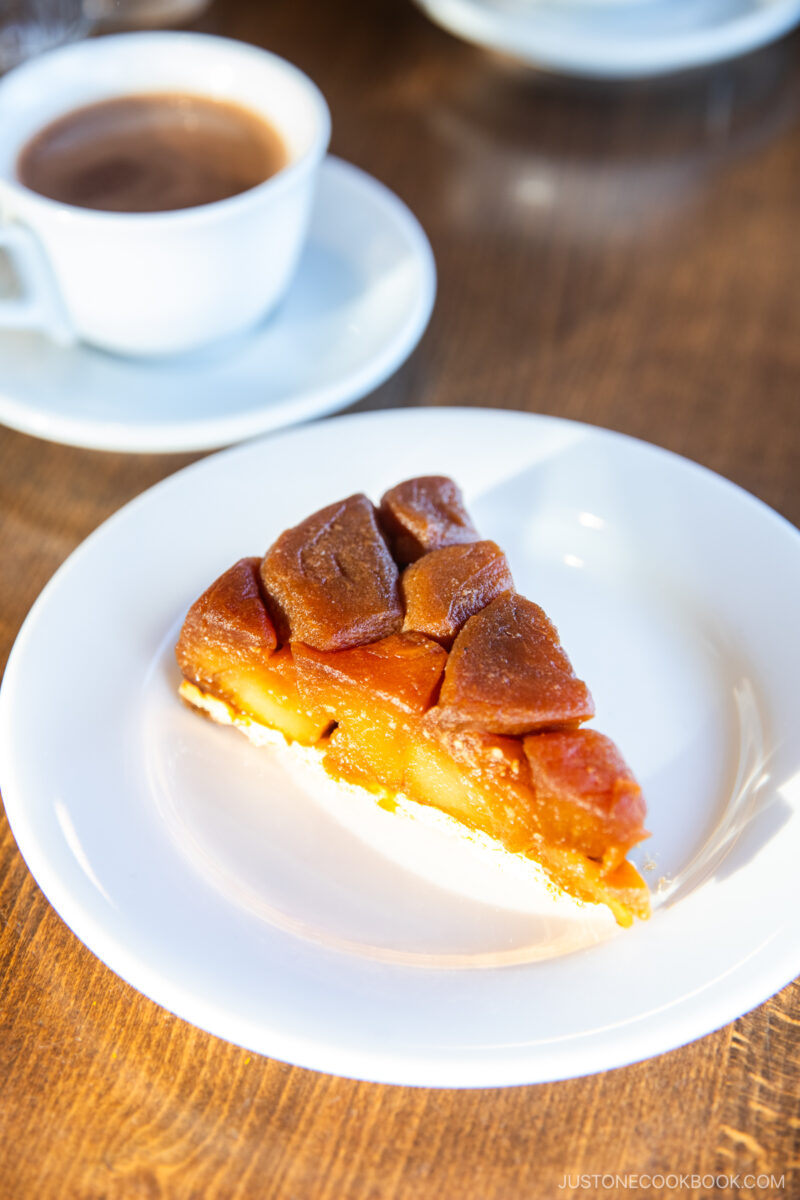



Within the park, I visited Cafe le Roman, a stylish cafe with glass walls allowing you to soak in the panoramic views while enjoying a light meal. I enjoyed an apple tarte tatin with a spiced hot chocolate before returning to Sendai!
If you plan to stay until the evening, the night view is also stunning. Under the twinkling moonlight, you can enjoy the serenity of Matsushima as the islands and trees become shadows against the night sky.
So that was my trip and guide to Matsushima. It’s so rich in history, fantastic food, and breathtaking scenery that it is well worth a visit if you are in the Tohoku region. If you are interested in food from Sendai, don’t miss my Sendai Food Guide and other Japan travel posts.


